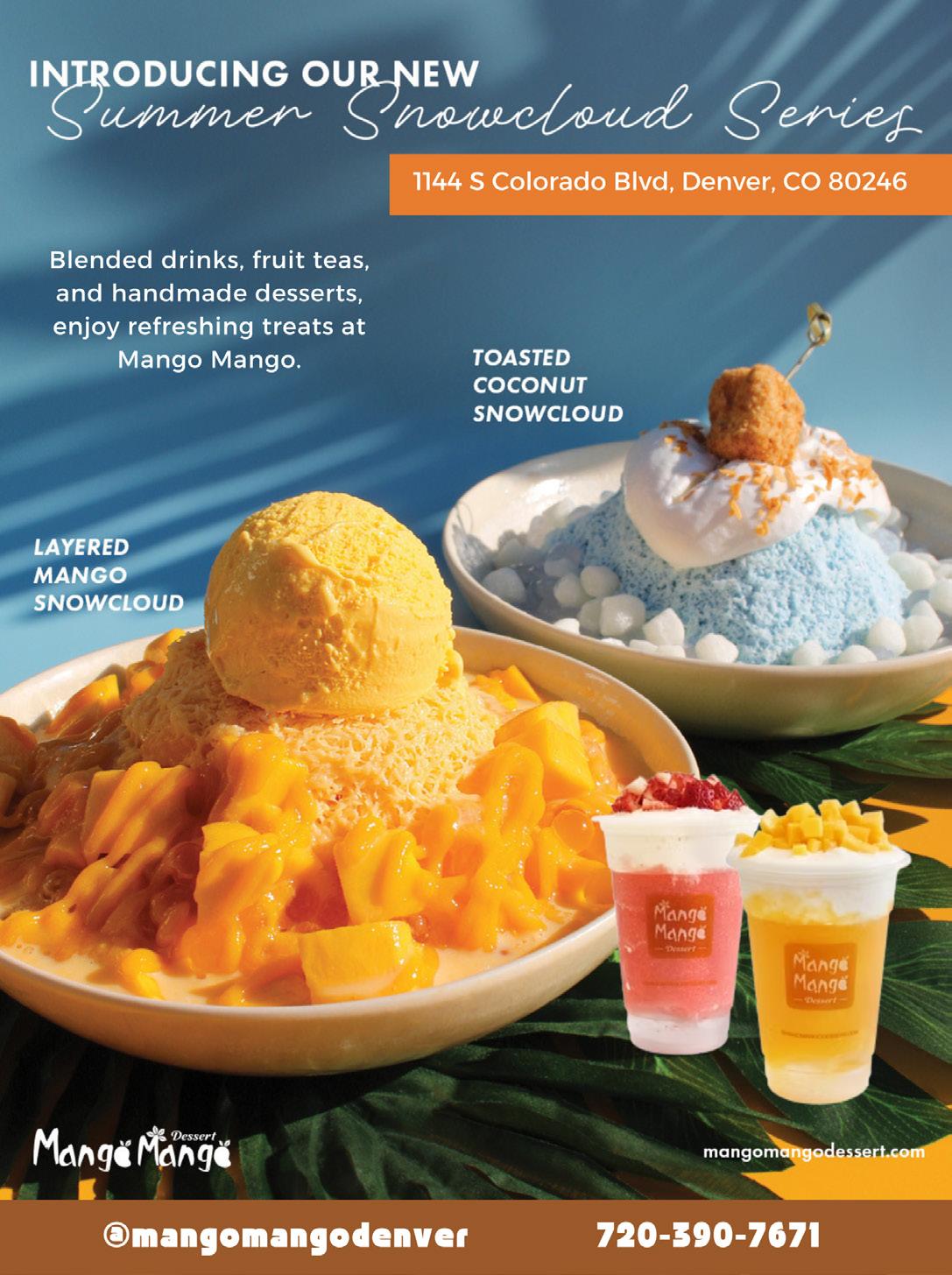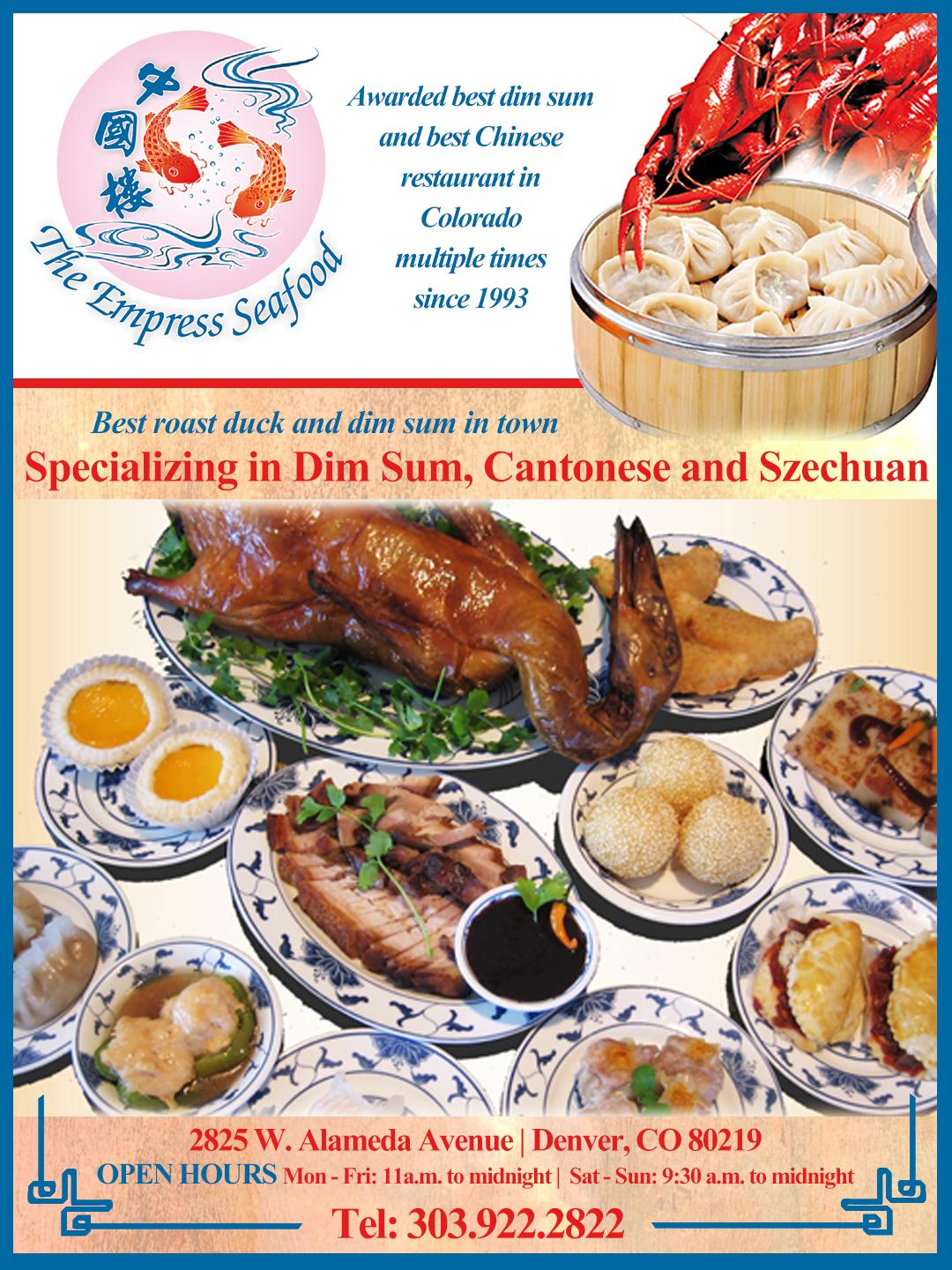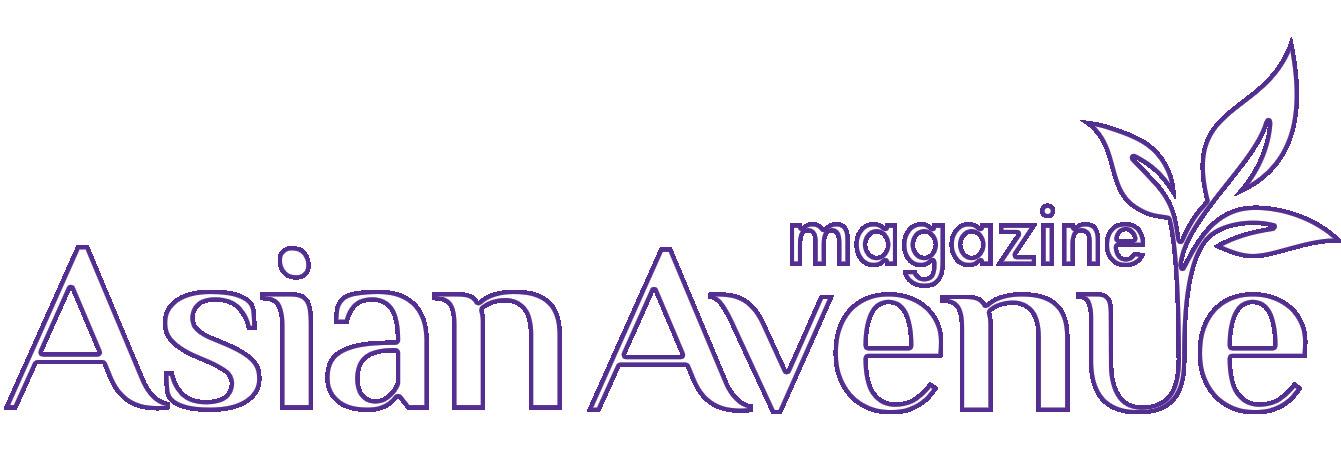
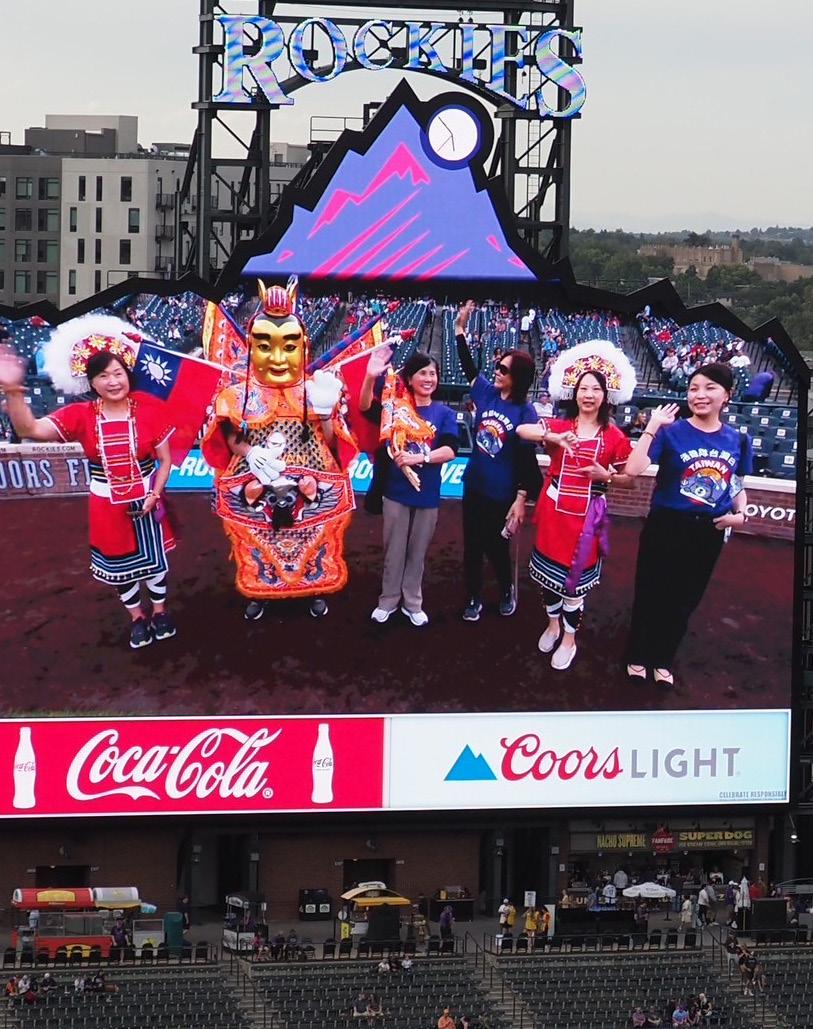



‘TRAN FOR TWO’ CAMPAIGN LAUNCHES FOR CITY COUNCIL food influencer
Fiona Quiban elevates small businesses




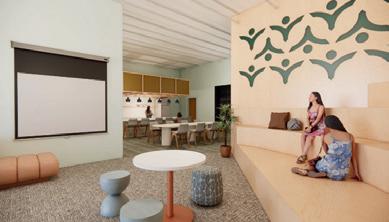


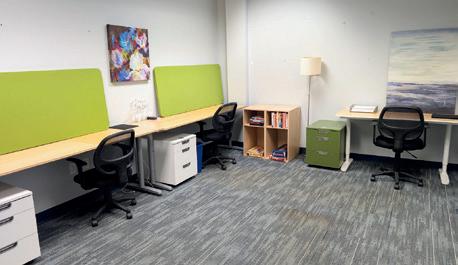
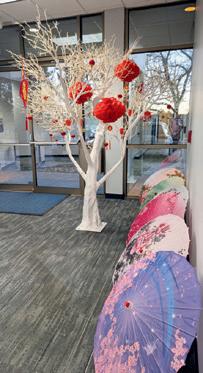



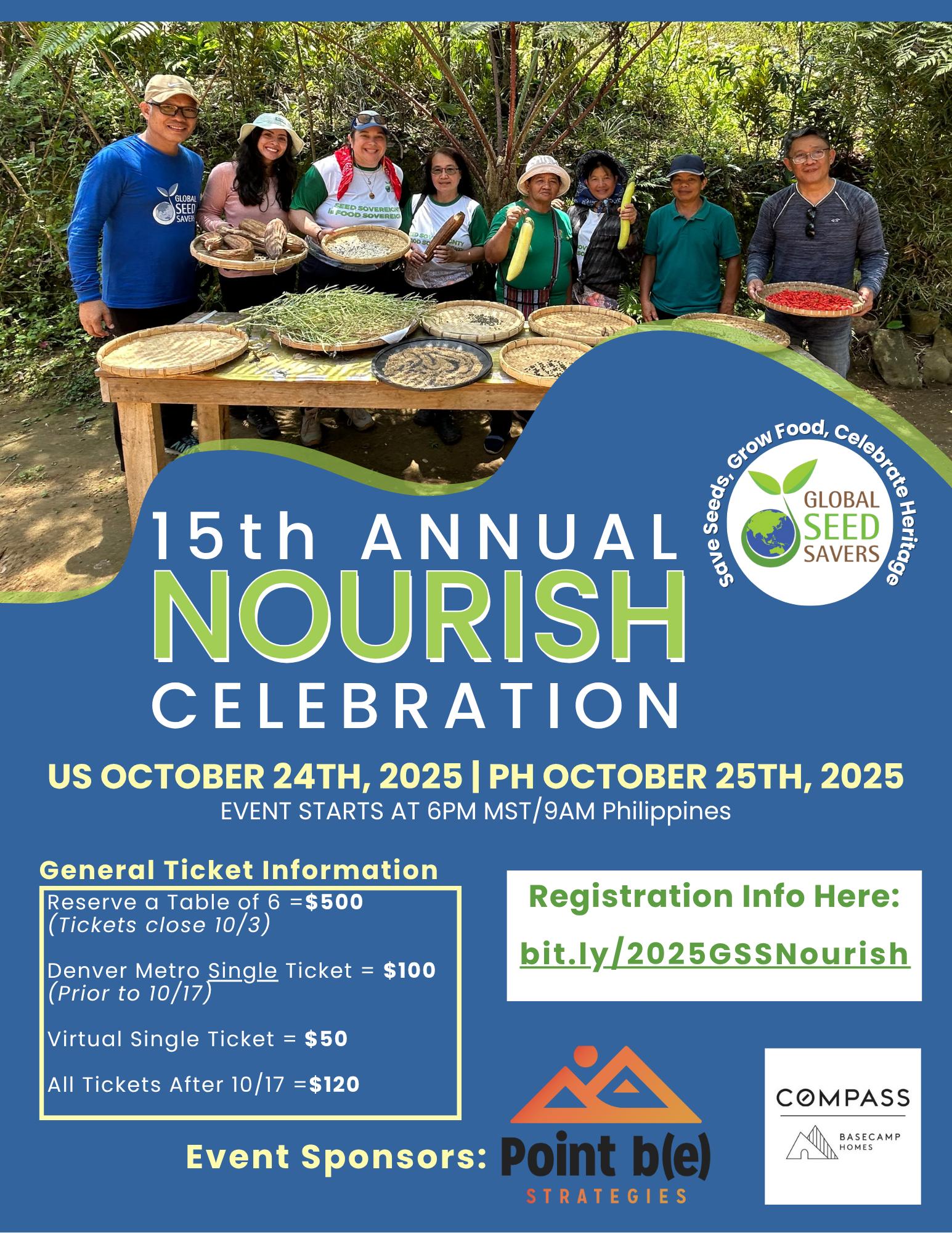
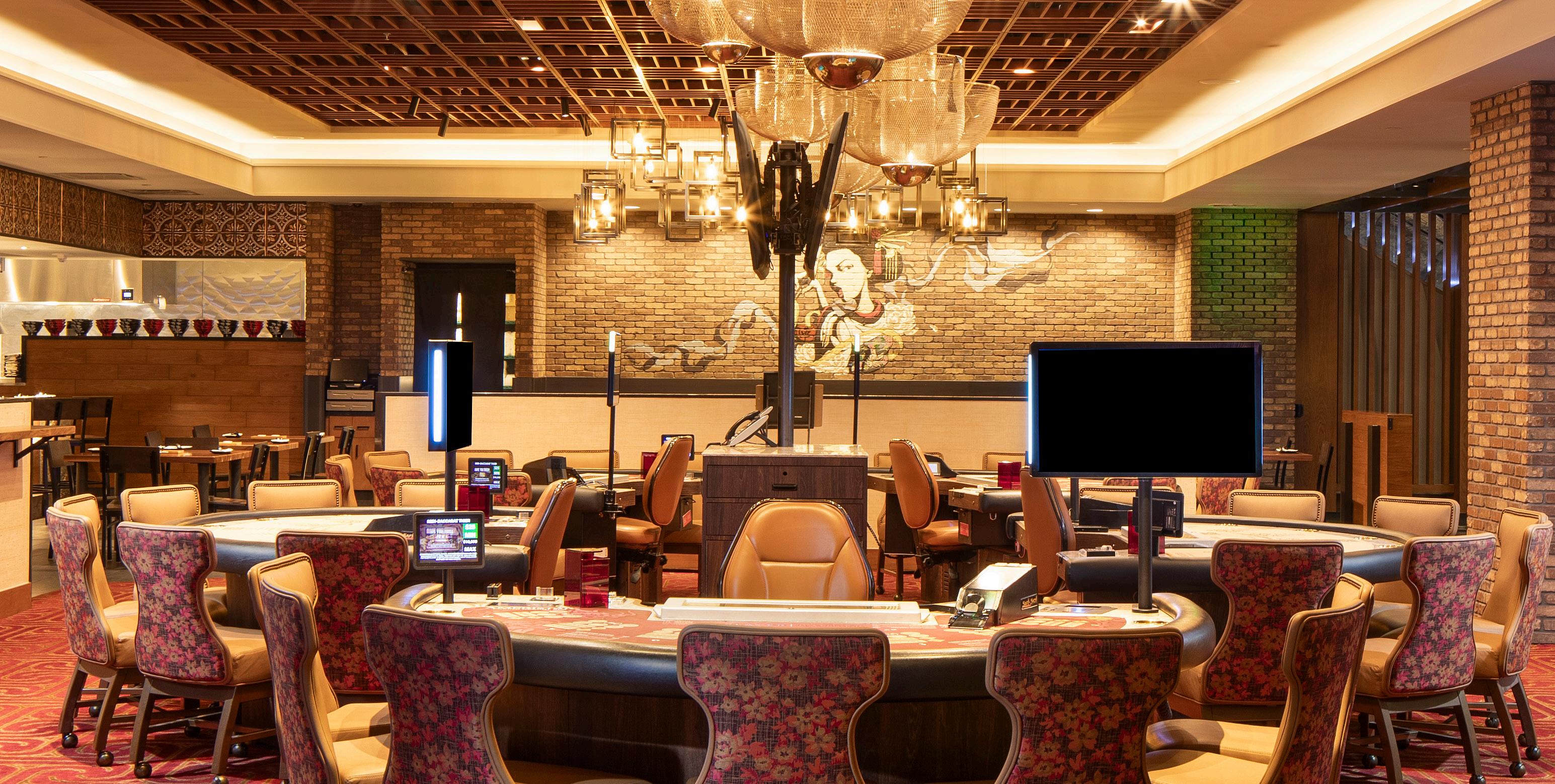

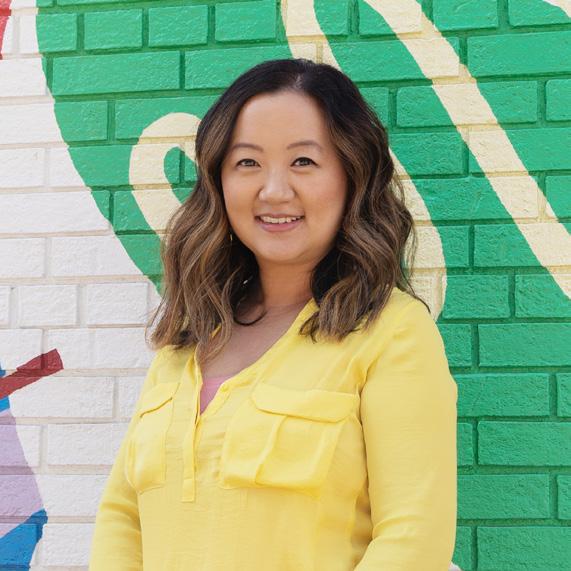
Annie Guo VanDan, President Asian Avenue magazine
Connect with us! hello@asianavemag.com @asianavemag
Everyone is invited to celebrate Filipino American History Month with local FilAm organizations at History Colorado Center on Sunday, October 19!
Fall is here—the air is crisp, the leaves are turning, and our communities are coming together for a season full of celebration and connection. Our cover photo highlights the exciting Taiwan Day event that was held at Coors Field last month! Tens of thousands gathered with flags of Taiwan to celebrate their pride and community spirit—see the wonderful photos from the special day!
This October, we’re honoring Filipino American History Month with stories that spotlight pride, creativity, and community. Meet Fiona Quiban, a local foodie who channels her Filipino roots into supporting other small businesses by sharing their foods and stories through her Instagram, @bonappetitmysweet! And don’t miss the Filipino American History Month Celebration happening on October 19, 2025, at the History Colorado Center! In collaboration with Filipino community organizations, this event will bring together the best of Filipino heritage with a Filipiniana fashion show, cultural performances, delicious Filipino cuisine, and opportunities to connect with local businesses and organizations.
In this issue, we also feature a thoughtful Q&A with author Michelle Jing Chan about her heartwarming book Weiwei’s Winter Solstice—a story that reminds us of the beauty of tradition, family, and belonging.
And finally, we’re thrilled to celebrate Tran Nguyen-Wills as she launches her campaign for Denver City Council District 2, continuing her journey of leadership and civic service. As the season changes, may we continue to find inspiration in one another—through culture, stories, and shared purpose.
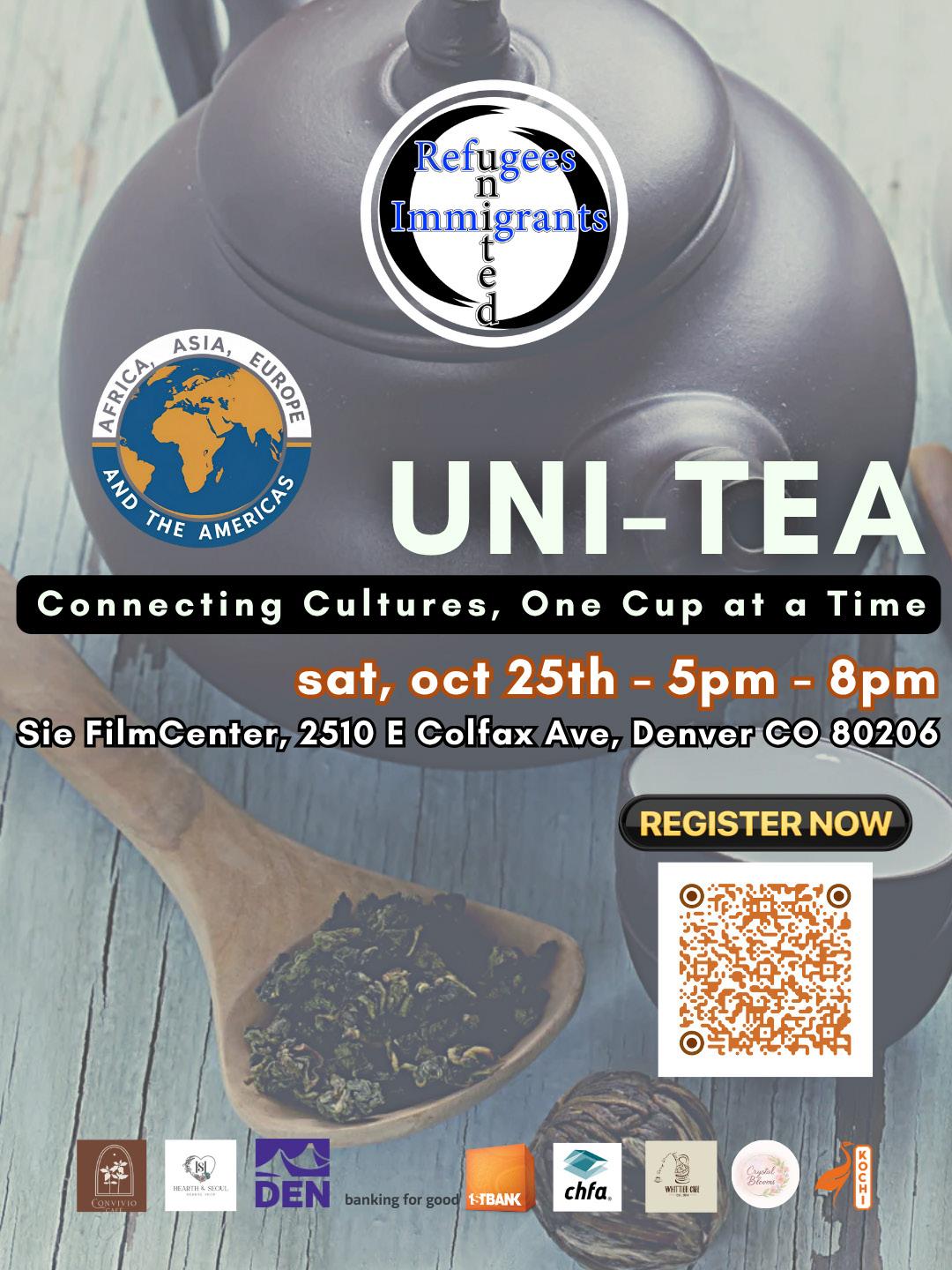
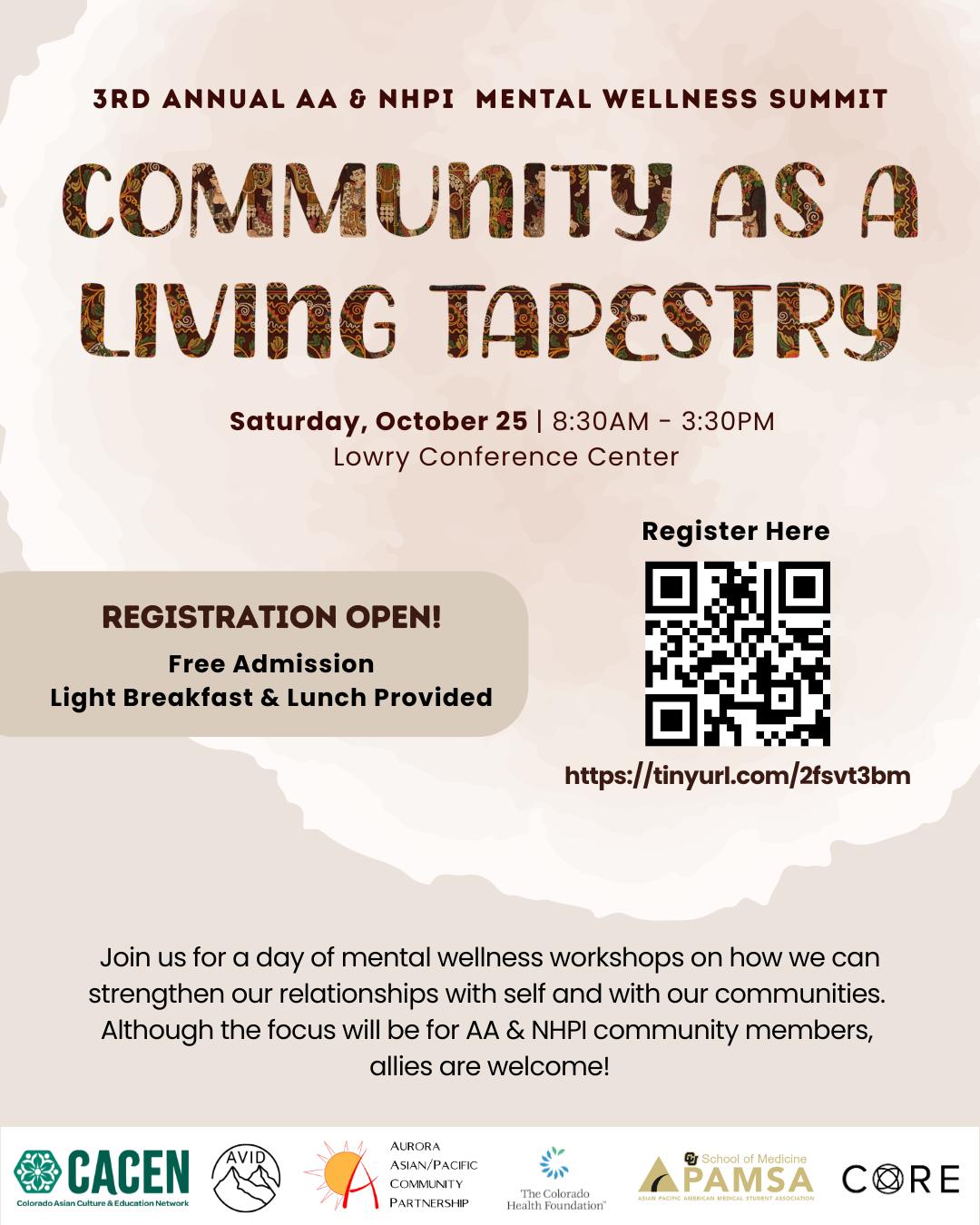



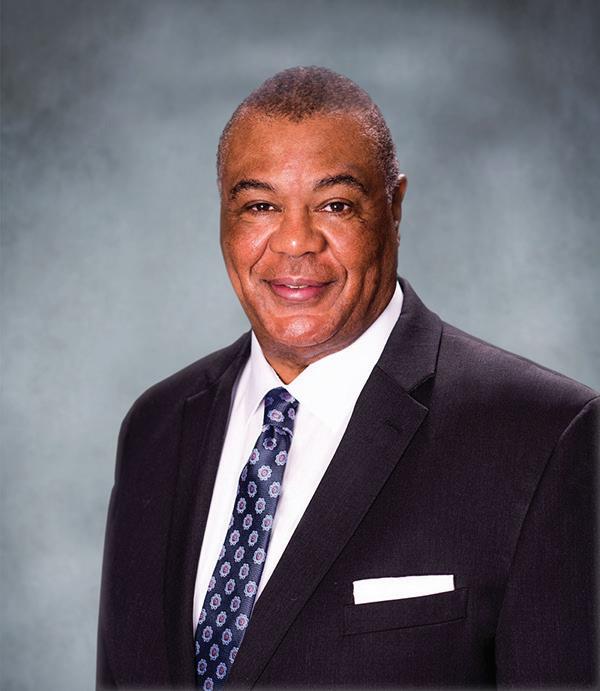
JENEVERRE SCHULTZ
NGUYEN
VONG
on the cover
The first ever Taiwan Day is celebrated at Coors Field with representation from the Taipei Economic and Cultural Office in Denver; Denver Taiwanese Chamber of Commerce; Colorado Taiwanese Association; Colorado Chinese School; and more!
Asian Avenue magazine (ISSN 1932-1449) reserves all copyrights to this issue. No parts of this edition can be reproduced in any manner without written permission. The views expressed in articles are the authors’ and not necessarily those of Asian Avenue magazine
Looking to promote your business? Asian Avenue magazine offers businesses a costeffective way to reach consumers in the Denver/Boulder metro areas and beyond. For more information, call 303.937.6888 or e-mail us at hello@asianavemag.com for our media kit and ad rates. Send story ideas to hello@asianavemag.com.
Asian Avenue magazine is in association with the Colorado Asian Culture and Education Network.
Musician Lawrence Shiroma leaves Hawaii for
Naomi Colwell leads Aurora Chamber of Commerce with her Okinawan mother’s passion to bridge cultural connection
How Denver foodie Fiona Quiban uses her Filipina identity to grow her community
Homeland and Beyond exhibition features renowned Nepalese artist



专家护理。非凡结果。

关节置换, 对医护团队的信心至关重要 在我们的中心, 我们的专家专注于膝关节和髋 关节疾病, 从关节炎到关节置换, 均能提供先进的治疗, 帮助您自由活动
C Charlie Yang博士确保每位患者在就医过程中都能感受到理解、支持和妥善的照料。

Colorado Joint Replacement at Porter 南唐宁街 2535 号 100 号房间 科罗拉多州丹佛市 80210 720-524-1367
扫描二维码了解更多信息
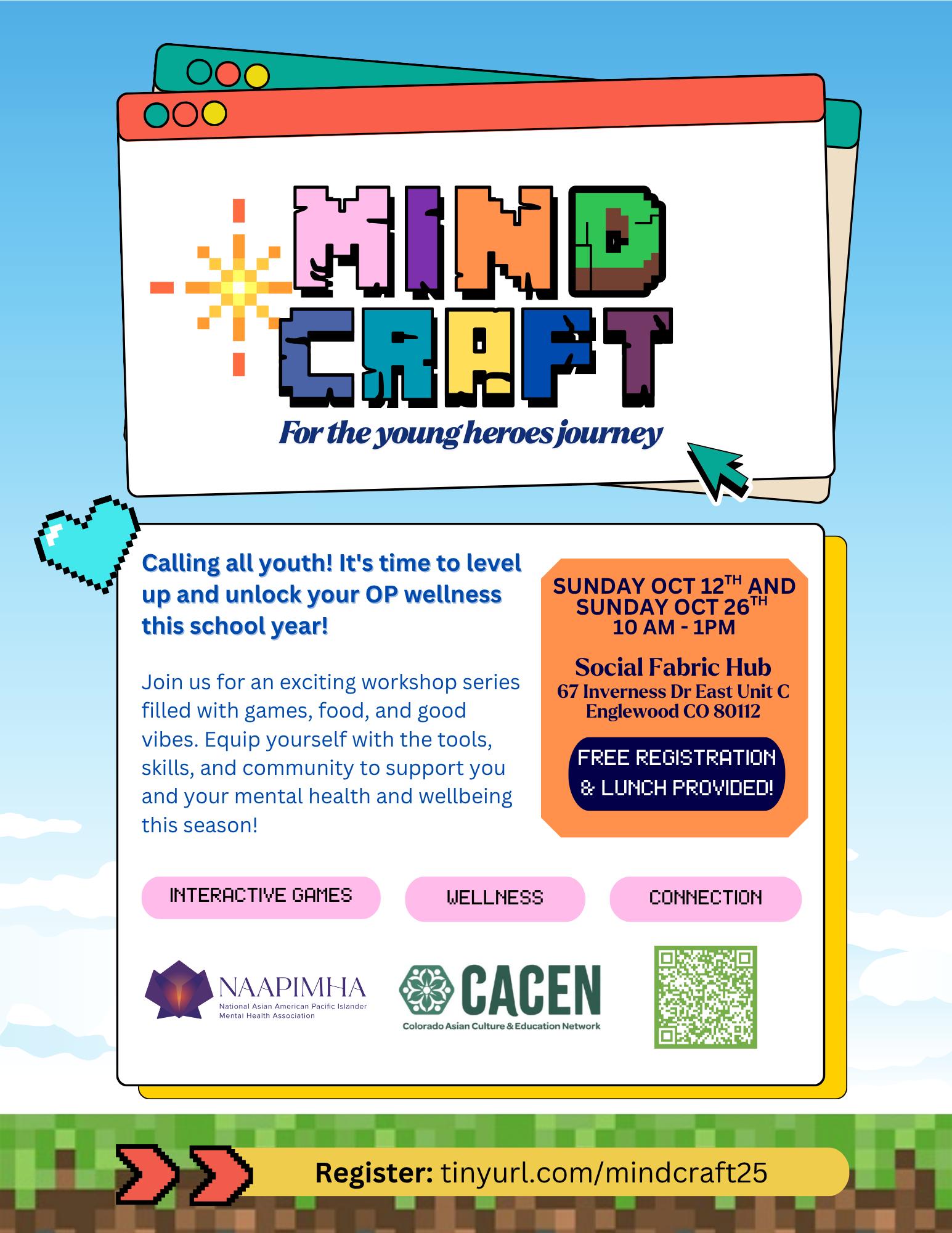

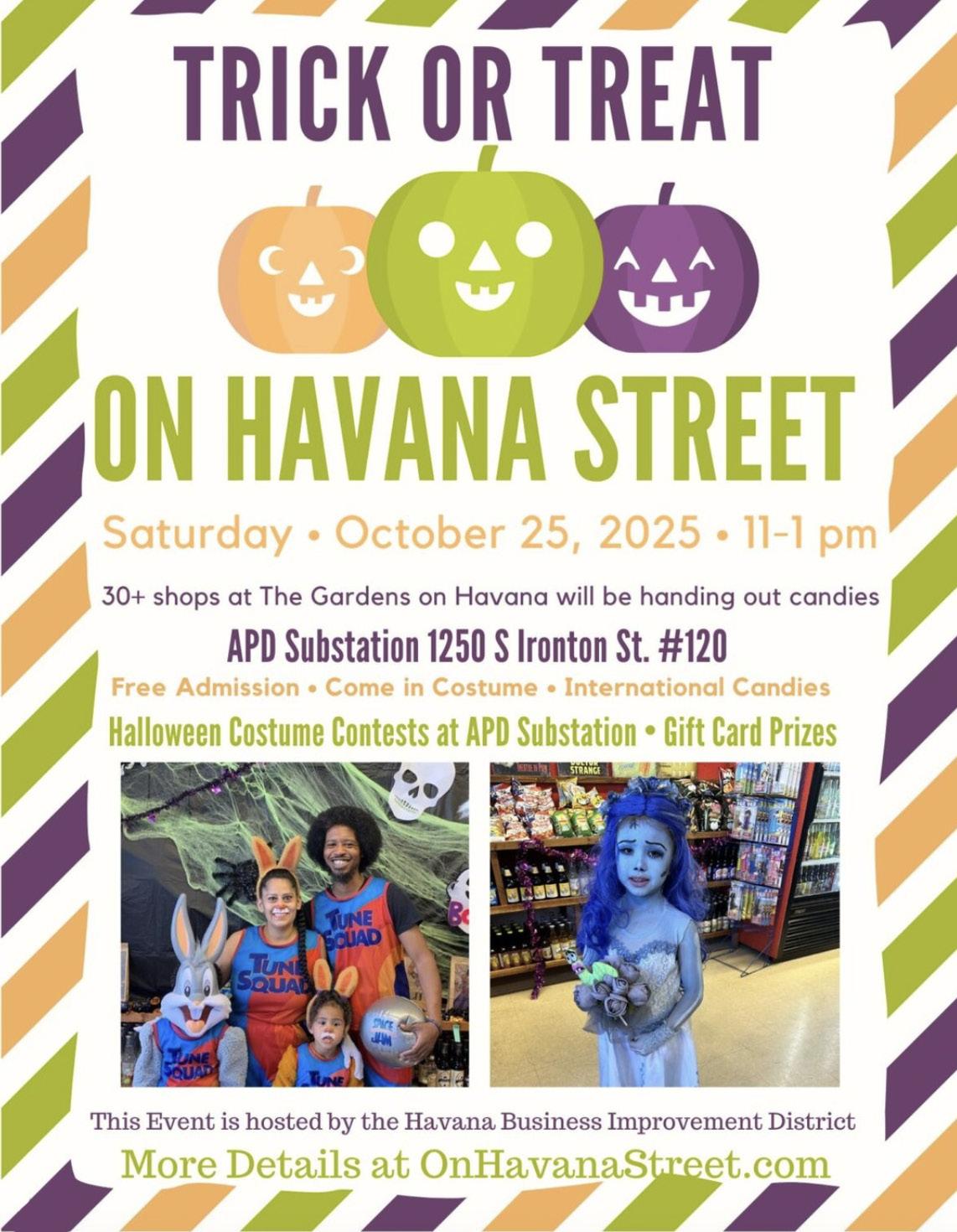

The Great American Beer Festival (GABF) in Denver is a whirlwind for the senses. A massive convention hall hums with the energy of thousands of enthusiasts, the air thick with the aromas of malt, hops, and yeast. For a few glorious days in early October, it’s a celebration of American craft brewing at its boldest and most creative.
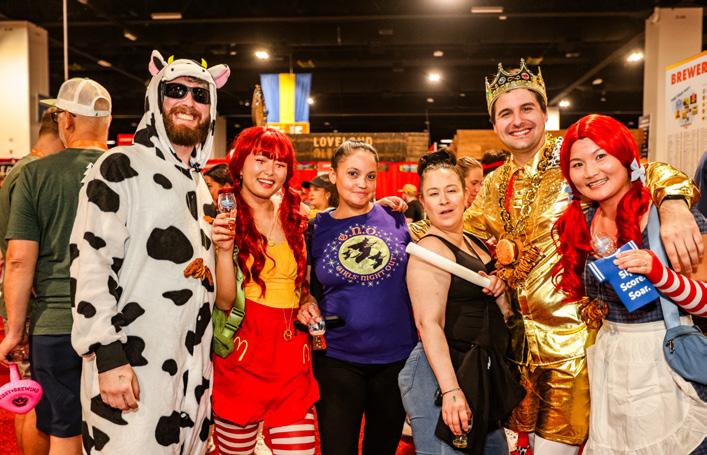
But for me, this year, amidst the vast landscape of lagers, IPAs, and stouts, I was on a different kind of quest—one tied to a celebration much closer to my heart: Filipino American Heritage Month.
October is a time to honor the vibrant history, rich culture, and profound contributions of the Filipino-American community. It’s a month of introspection and pride, often marked by traditional festivals, community gatherings, and, of course, a feast of flavors. Finding myself at GABF during this significant time, I felt a pull to find a taste of my motherland in this unexpected place. I was searching not just for a good beer, but for a brew that spoke to my heritage, a liquid bridge between cultures.
The anticipation for Filipino flavors wasn’t just a GABF phenomenon, either. Earlier this year in April at Collaboration Fest in Westminster, I had my first encounter with what I now recognize as a growing movement. At that event, a small collaboration brewery was pouring a vibrant purple blonde ale infused with ube. It was a surprising and delicious preview of what was to come, a testament to the fact that Filipino ingredients were already gaining a foothold in the
By Mary Jeneverre Schultz
American craft beer scene. That initial taste set the stage for my quest at GABF, knowing that I wasn’t just searching for a one-off curiosity but for a sign of a larger, delicious trend.
During my research, I discovered a brew that I hope to find at GABF. It’s called “Kalinga Calamansi Witbier.” The name alone refers to the indigenous Kalinga province. Described as a hint of bright, citrusy calamansi, it was the scent of my grandmother’s kitchen, the tang of a fresh sinigang broth, the zing of a dipping sauce for lumpia, a familiar comfort in Denver.
This small beer was a revelation. In the world of craft beer, innovation is everything, and brewers are discovering a vibrant new ingredient: ube. This vibrant purple yam, long cherished in Filipino desserts, is now making a splash in the brewing world, transforming lagers, IPAs, and stouts into unexpected, dessert-like delights.
Its recent surge in popularity on social media has introduced the rest of the world to its unique profile, often described as a blend of vanilla, pistachio, and coconut. This rising trend has opened a door for creative culinary fusions, and the boldest is undoubtedly its partnership with beer.

Meanwhile, on the other side of the world, American breweries with Filipino heritage are putting their own spin on the brew. California’s Brewyard Beer Company, co-founded by Filipino-American brewer Sherwin Antonio and Japanese American Kirk Nishikawa, has crafted “Ube Wan” IPA. This beer combines the nutty, vanilla notes of ube with tropical, fruity hops, creating a unique fusion that honors both Filipino tradition and modern craft beer trends.
Beyond the novelty, ube beer is a celebration of cultural identity. It represents a powerful moment of fusion, where a beloved Filipino staple is integrated into a global craft. For many, drinking a glass of ube beer is a way to connect with their heritage and share a piece of their culture with others. It’s a testament to the fact that great flavors know no borders.

Breweries are embracing ube, with each one finding a different way to showcase its complex notes. In the Philippines, Engkanto Brewery’s (https:// engkanto.com.ph) “Paint Me Purple” Ube Lager is a prime example. Brewed with native ube and desiccated coconut, this beer is designed to be approachable and delicious, with a low bitterness that allows the subtle sweetness of the ube and coconut to shine.
This is the power of Filipino American Heritage Month—the way it encourages us to bring our culture into all facets of our lives, even a beer festival. It’s about sharing a part of our story, one pint at a time. It’s a reminder that no matter where we are, our story is part of the American tapestry, waiting to be shared.
Hosted by the Brewers Association, the trade organization representing small and independent craft brewers, GABF returns to the Colorado Convention Center on October 9-11. Tickets are available at greatamericanbeerfestival.com
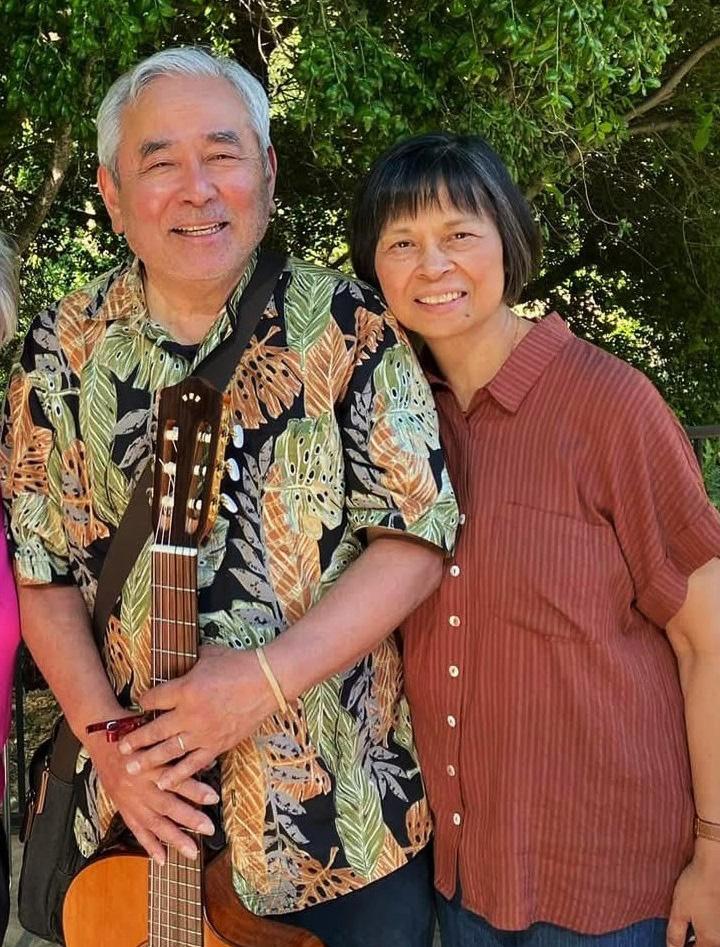
It all began in the seventh grade, in Kalihi Valley, Honolulu. For Lawrence Shiroma, the introduction to music began with the brassy tone of a trombone, courtesy of his band teacher Ray Okimoto.
This initial spark, however, would soon lead to a lifelong passion for a different instrument.
“I picked up the guitar in high school, learning folk songs like ‘500 Miles’ and Beatles songs,” Lawrence recalls.
His style today is a unique fusion of classical fingerpicking and traditional flat-picking, a testament to his diverse musical background.
The song “The Wayward Wind” holds a special place in his heart, a reflection of a personal journey that echoes its title.
“I guess I always felt a desire to travel, especially being raised on an island,” he shares.
That desire took him far from home, joining the U.S. Army and serving in Vietnam. His path then led him to social work and eventually, to a new life in San Francisco where he found faith and met his wife, Vickie. Together, they embarked on a 36-year career as officers in The Salvation Army before retiring in Colorado Springs in 2015.
Performing is a deeply personal experience. His goal is simple but profound: to be genuine.
“I heard one listener saying to me that I come across as someone genuine,” Lawrence says with a smile. “I love to see folks dancing when I am doing a number, and enjoying the moment.”
Some of his most moving performances take place in

By Mary Jeneverre Schultz
memory care units, where his music bridges the gap between past and present.
“I love performing in memory care units and to see folks recognize the tunes that I play and bring back memories long past,” he says.
His career has been filled with memorable moments. A recent performance at the Backyard Market in Black Forest stands out, where a father and his young daughter began dancing to his rendition of “I Love To Go A Dancin’ With You.”
The song, about a father reminiscing about dancing with his daughter on his shoes, created a heartfelt connection. He was also deeply moved when he performed the same song for its writer, George Ray Russell, who, despite having Parkinson’s disease, came up to shake his hand after the performance.
In retirement, he’s found his sweet spot as a solo musician, balancing teaching and gigging.
“The biggest challenge I’ve faced as a solo musician and guitar teacher is balancing my teaching schedule with my gigs,” Lawrence admits.
But he has embraced the challenge, grateful for the opportunity to share his love of music, whether on stage or in the classroom, with students both young and old. From the streets of Manitou Springs to a retirement filled with melody, his journey is a beautiful testament to the power of a song to connect and inspire.
See his performance at Black Rose Acoustic Society in Black Forest at: youtu.be/BH5Ari6NqFc.
Naomi Colwell
By Mary Jeneverre Schultz
In the bustling landscape of Aurora’s business community, one leader stands out not just for her professional acumen but for a deeply personal commitment to inclusion. The president and CEO of the Aurora Chamber of Commerce brings a unique perspective to her role, one shaped by her mixed heritage and a lifelong lesson in building community. Her journey, rooted in her Okinawan heritage, has made her a powerful catalyst for growth and representation in Aurora.
For years, the Aurora Chamber of Commerce has championed diversity and inclusion, a mission the executive director sees as fundamental to her work. This commitment is reflected not only in the Chamber’s goals but also in its very composition. She takes immense pride in her diverse team, which includes Asian Americans, South Asians, African Americans, and Hispanic Americans. Their collective backgrounds, she notes, have provided a greater understanding of different cultures, enriching the organization from within. This ethos extends to the community, where recent initiatives have made a tangible impact. A key project with Booz Allen Hamilton provided over 500 volunteer hours to six small, minority-owned businesses. The results were transformational, with one business reporting that the support helped it triple in size and prepare to hire new staff.
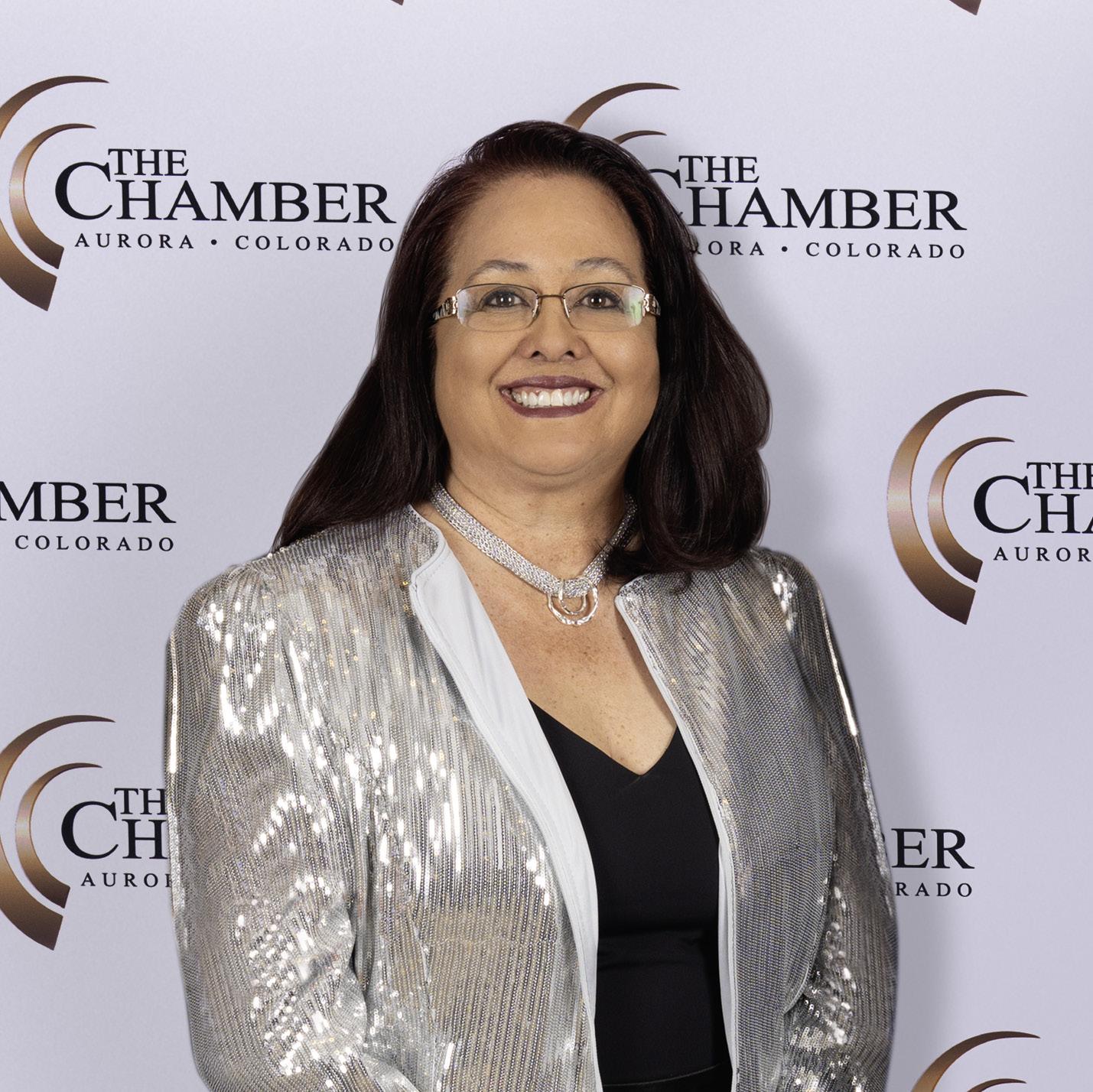
mother, who came from Okinawa, Japan, in 1968, created the Okinawan Ken Jin Kai in Colorado Springs. This group was more than just a cultural club; it was a way to create a family connection for Okinawans in a new country. Her mother would teach traditional cultural dances, and the twice-yearly parties became celebrations of hard work and dedication.
Today, the CEO carries this philosophy with her every day. She understands the challenges of business owners who pour their hearts into their work, and her job, as she sees it, is to help them feel like they are part of a larger community and family. She is passionate about ensuring they have the support they need to succeed and gain visibility.
Colwell’s personal journey has given her an extraordinary ability to connect with people from all walks of life. She loves learning about people’s backgrounds and has a knack for finding common ground. One of her favorite
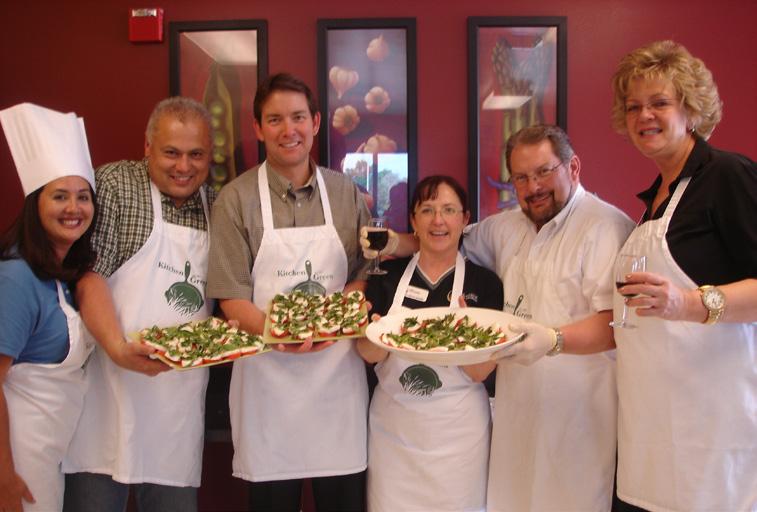
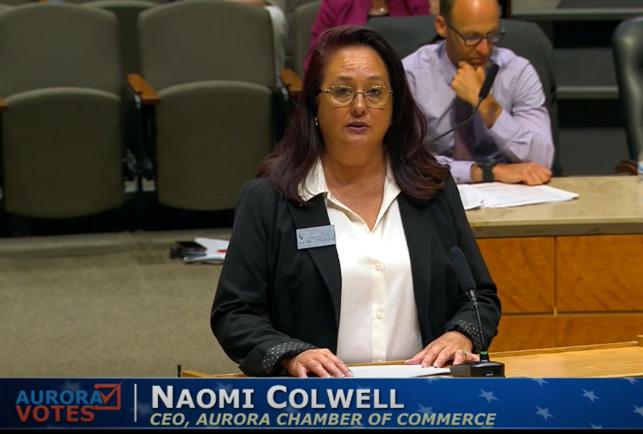
parts of these conversations is the discovery of a shared Asian heritage, a bond that instantly strengthens the connection.
to fit into and work with a multitude of communities. This ability to bridge cultural divides is a significant advantage in her role. The Chamber’s key partnerships, like its collaboration with the Havana Business District and the Community College of Aurora, are a testament to this, bringing together diverse groups to support students and entrepreneurs. Looking to the future, her priorities are clear: grow the Chamber’s membership and represent as many businesses as possible. More than anything, she wants to be a mentor and a resource for the next generation of AAPI leaders and entrepreneurs. She hopes they see her as someone they can talk to and walk with, happy to introduce them to her network and be a catalyst for their growth.
This professional drive is a direct reflection of her personal history. Her
She notes that throughout her life, people often assume she is Hispanic, an experience she embraces as it allows her
She believes that while all leadership is important, being a representative of a specific culture provides a unique opportunity to educate and learn from others. Her leadership is not just about helping businesses prosper—it’s about building a connected, supportive, and inclusive community, one personal connection at a time.
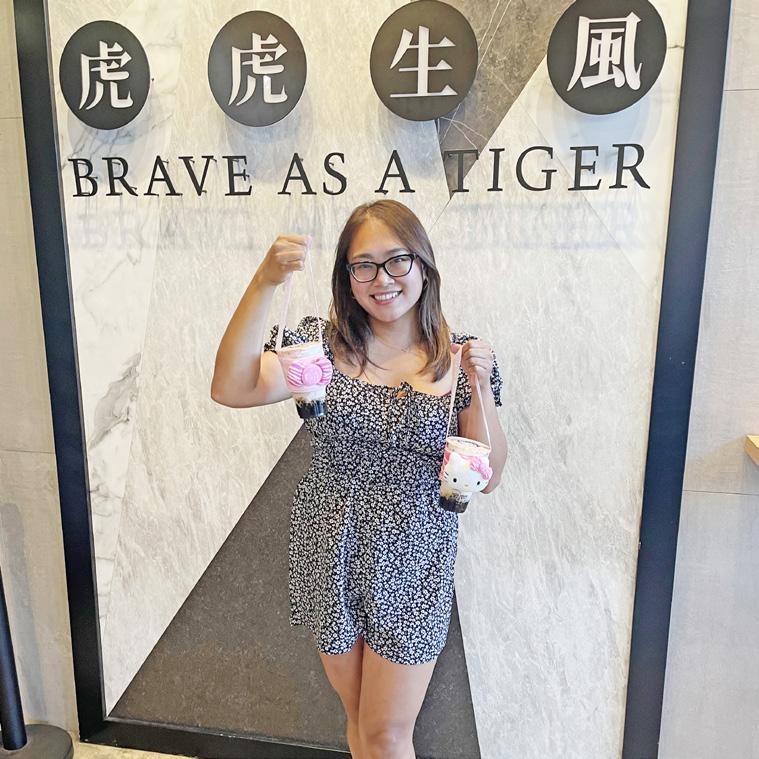

With hundreds of foodie social media posts, meet @bonappetitmysweet. Or as we know her, Fiona Quiban! In honor of Filipino American History Month, we’re sharing how she’s actively building community through her thousands of views.
Fiona is a proud Filipina-American, who was born in Honolulu and raised in Denver since the age of six.
As the eldest daughter in her family, Fiona has always been a leader, she’s also a founding class member of DSST Green Valley Ranch High School, a network dedicated to serving students of color with a 100% college acceptance rate: “Growing up in Denver’s diverse neighborhoods shaped my appreciation for inclusivity, cultural richness, and equitable access to healthcare and resources.”
While attending the University of Colorado Anschutz, she served as the social media ambassador for the Colorado School of Public Health. She would go on to graduate with her master’s in public health and work in the field.
“I’m passionate about using data and lived experiences to drive meaningful change in communities across Colorado,” she said.
When you think of Filipinos you might think of dance, karaoke, and really good food. For Fiona, her family gatherings always centered around food and community: “My Lola’s constant reminder to ‘eat some more’ taught me that sharing food is a way of sharing love.”
“That value continues to guide me today as a content creator, as I explore Colorado’s food scene, connect with chefs, small businesses, and fellow food lovers. I believe food brings people together, bridges cultures, and opens doors to new experiences”.
Her journey into content creation began on March 12, 2020, with a carousel of local food spots and today, she brings her passion for food to the Mile High Asian Food Week team as a Content Creator.
It’s a special feeling to grow up in Denver and actively play a role in growing our
By Jadyn Nguyen
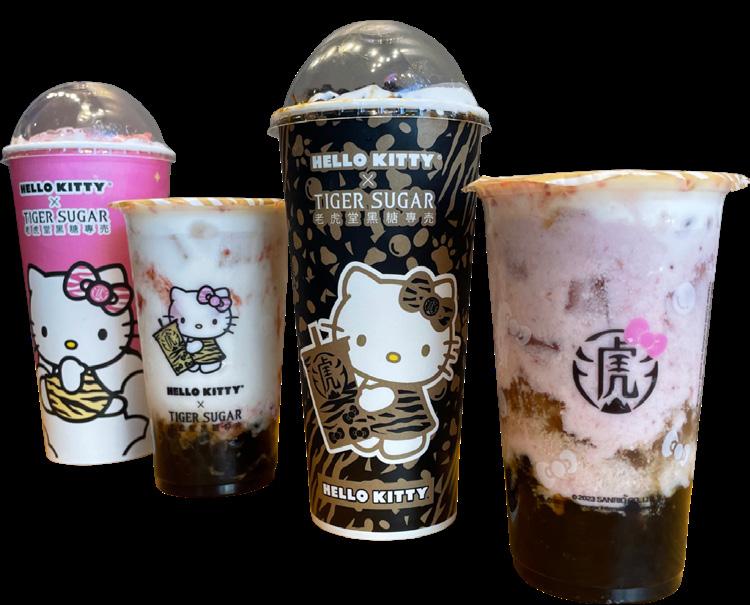
local food scene. Fiona is a homegrown talent! With more than 400 posts, Fiona’s growing influence has attracted small businesses to national chains. Her social media videos regularly break over 1,000 views! One of her favorite collaborations included two of her interests: Hello Kitty and Tiger Sugar.
“It combined two things I truly love: Hello Kitty, which I grew up with, and boba, which I’m obsessed with. I had tried Tiger Sugar in Hawaii and always hoped the franchise would come to Colorado, so when I was invited by their social media manager to promote it, I was beyond excited.”
Fiona’s food photos and videos are posted to her @bonappetitmysweet Instagram and TikTok accounts. Her profiles exude her passion for amplifying local businesses. This passion is what led her to being recruited to join the Mile
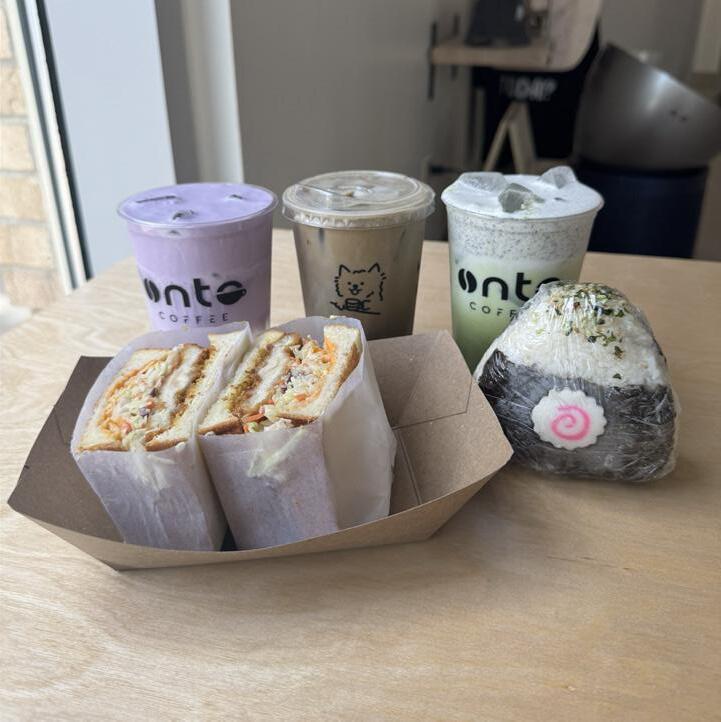
High Asian Food Week (MHAFW) team. MHAFW is an annual week-long celebration of Colorado’s growing AANHPI culinary scene, launched in 2023.
“It’s been such an honor to be part of a women-led team that is passionate about uplifting the Asian community and local businesses. Working alongside such inspiring women has been incredibly rewarding. Not only do we get to showcase amazing food across Colorado, but we also built connections by sharing our cultures and stories with one another.”
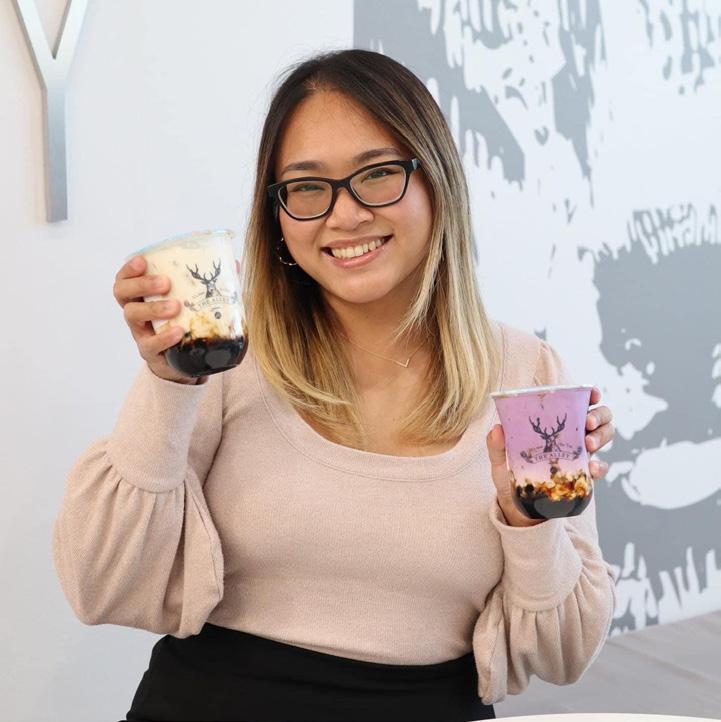
Fiona’s Filipina identity and culture is what shapes her storytelling and content creation. Food is a way to connect with family, friends, and community. “When I highlight local businesses or food events, I’m not just showcasing dishes, I’m sharing the people, traditions, and passions behind them.”
Her Filipina identity gives her a deep appreciation for inclusivity and cultural exchange, which is why she loves exploring a wide variety of cuisines and encourages others to try new things.

What’s most amazing about Fiona is the joy she exudes when talking about her latest post or collaboration. Through her work with MHAFW, Fiona shows Denverites how to turn passion into purpose. This purpose has helped motivate her to continue creating content for our growing Colorado food scene.
“I value connection, whether through public health, culture, or food. And one of my favorite sayings sums it up well: ‘Try everything at least once, you never know what you might end up loving.’

Curated by Yang Wang, an Associate Professor of Art History at the University of Colorado Denver, Homeland and Beyond features the painings of Lain Singh Bangdel, widely regarded as the father of modern art in Nepal.
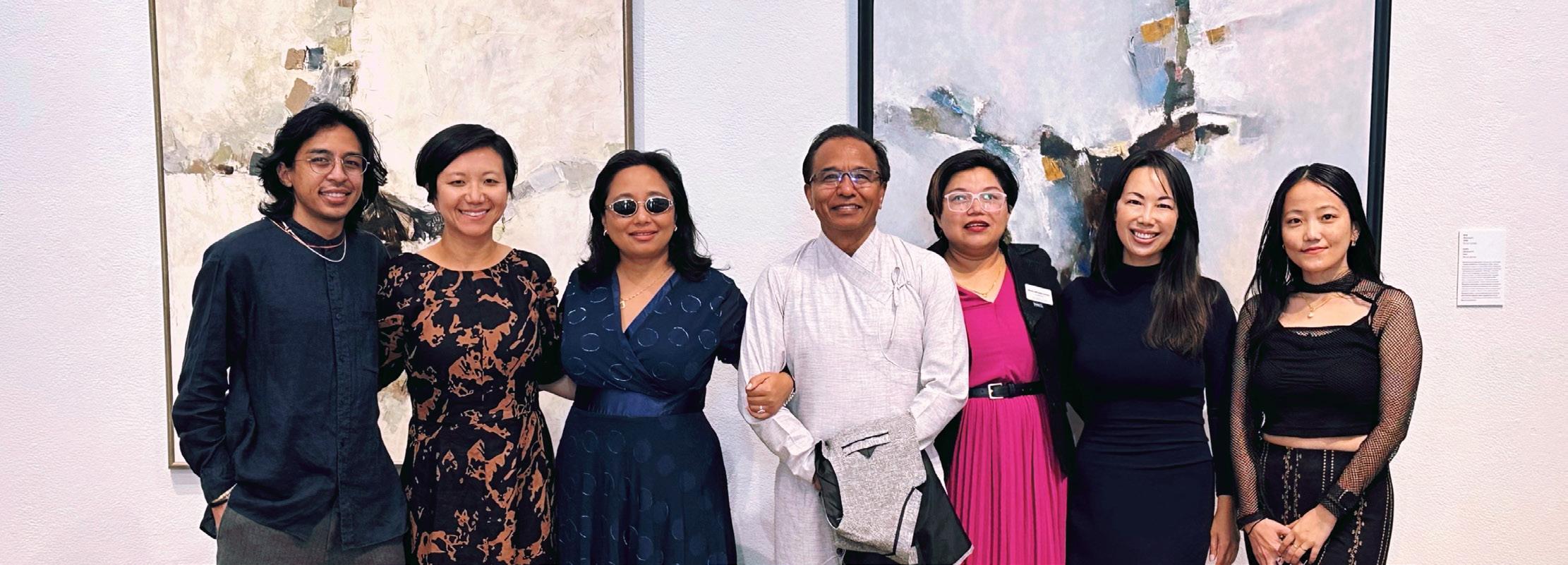
Lain Singh Bangdel (1919–2002), often hailed as the father of modern art in Nepal, is finally stepping into another international spotlight more than two decades after his passing. A painter, novelist, and art historian, Bangdel’s career spanned five decades and four countries, yet his name remained largely uncelebrated outside Nepal—even though he once moved in the same artistic circles as Pablo Picasso and Georges Braque.
That narrative is shifting with Homeland: Nepali Modernism and the Art of Lain Singh Bangdel, a traveling solo exhibition curated by Yang Wang.
After debuting in New York and Houston in 2022 and moving on to London in 2023, the exhibition is now showing at The Emmanuel Gallery at CU Denver, where it will remain on display through December 13.

The Denver opening on September 25, drew a packed house of art lovers, students, and the city’s cultural leaders—an enthusiastic testament to the resonance of Bangdel’s work across audiences. It offers one of the rare opportunities for American viewers to encounter his art firsthand.
Supported by CU Denver and the Colorado Nepalese Community, the show captures the breadth of Bangdel’s modernist explorations—expressionism, cubism, and abstraction— alongside deeply rooted connections to his homeland.
The exhibition includes striking landscapes of mist-shrouded Himalayan peaks and Nepali village homes, as well as figurative works depicting everyday life, from flute players to mothers carrying children. His rare nude studies, produced both in Nepal
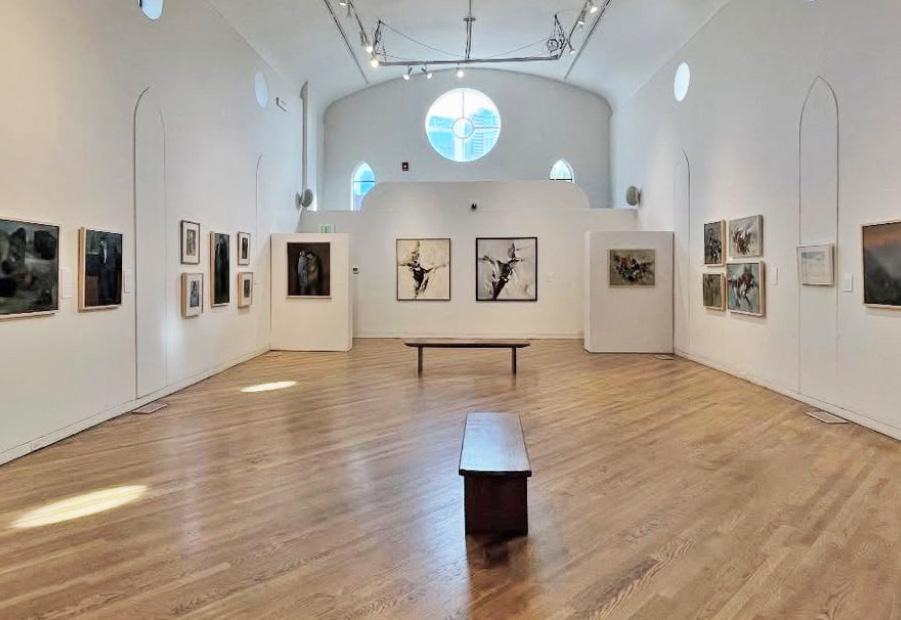
and abroad, highlight his boldness as a pioneer. Among the highlights is a 1989 self-portrait: the artist, eyes closed, wears a quiet smile of fulfillment after a lifetime devoted to creativity.
One particularly evocative section features Bangdel’s 1959 Muna Madan series, inspired by Laxmi Prasad Devkota’s beloved Nepali ballad and Bangdel’s own long-distance relationship with his wife, Manu Thapa. Living in Paris while Manu worked as a nurse in London, Bangdel infused the paintings with both personal longing and cultural resonance.
Borrowing from Picasso’s Blue Period, the figures possess elongated limbs and lyrical bodies that stretch toward one another yet remain apart. Their gazes turn downward, heavy with inner grief, while the colors
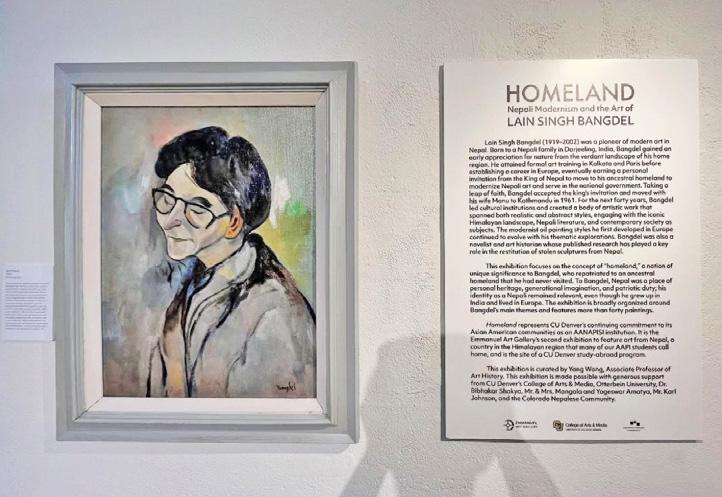
transition from bright and vivid to muted and faded as the story moves from love’s union to tragic separation. In these canvases, Bangdel translated the melancholy of distance into a universal modernist language.
For decades, the stewardship of Bangdel’s legacy belonged to his daughter, art historian Dina Bangdel. Following her passing in 2017, that responsibility has been carried forward by her husband, Bibhakar Shakya, who manages the artist’s estate. “He is a national treasure,” Shakya says. “He introduced modern art in Nepal, and his wish was that people should see his art, be inspired by it, and learn from it—both in Nepal and around the world.”
Curator Yang Wang hopes to bring more recognition of Bangdel’s art outside of Nepal, positioning Bangdel as an essential figure in the broader story of South Asian and global modernism.
“Representation matters,” said Binisha Shrestha, CEO and founder of the Colorado Nepalese Community. “I am utterly pleased to be part of this rare opportunity to present Nepal and Nepali arts to the world, be it in any form.”
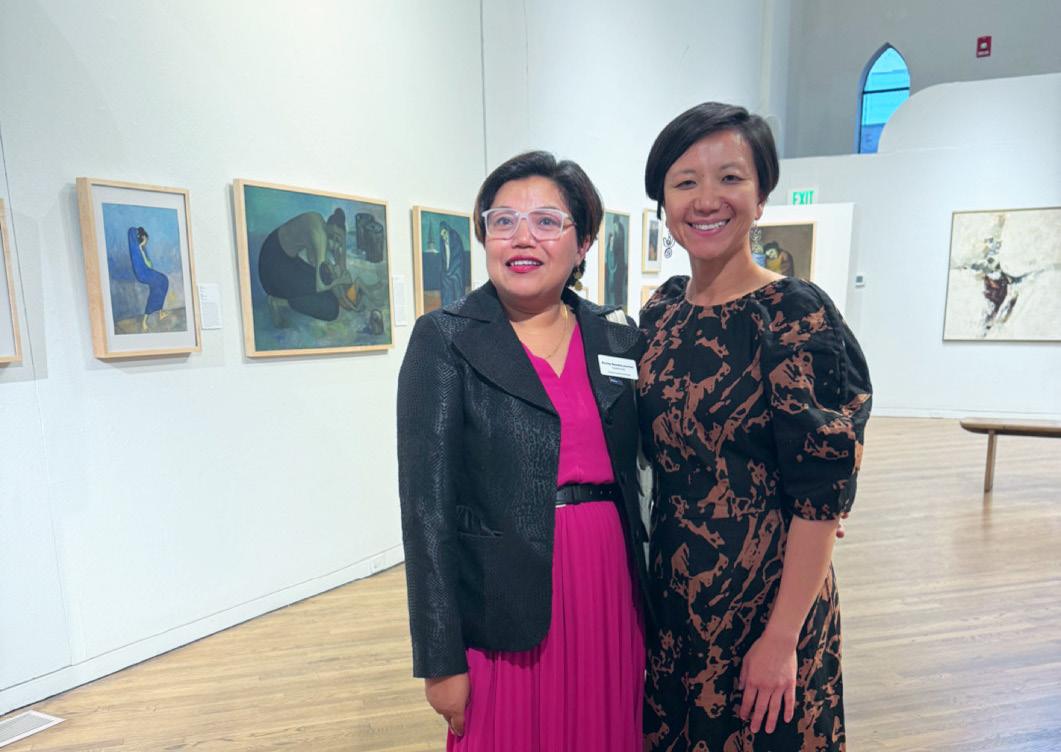
For the Nepali diaspora in Denver, the exhibition is not only an artistic milestone but also a proud moment of cultural representation and belonging.
With each new exhibition, Bangdel’s vision and legacy move closer to the global recognition they deserve—ensuring that the pioneering artist who brought modernism to Nepal will no longer remain an unsung hero.
Homeland: Nepali Modernism and the Art of Lain Singh Bangdel is curated by Yang Wang, Associate Professor of Art History. The exhibition is made possible through generous support from CU Denver’s College of Arts & Media, Otterbein University, Dr. Bibhakar Shakya, Mr. and Mrs. Mangala and Yogeswar Amatya, Mr. Karl Johnson, and the Colorado Nepalese Community. The Emmanuel Art Gallery is located on the Auraria Campus at the intersection of Larimer and 10th Street Plaza.
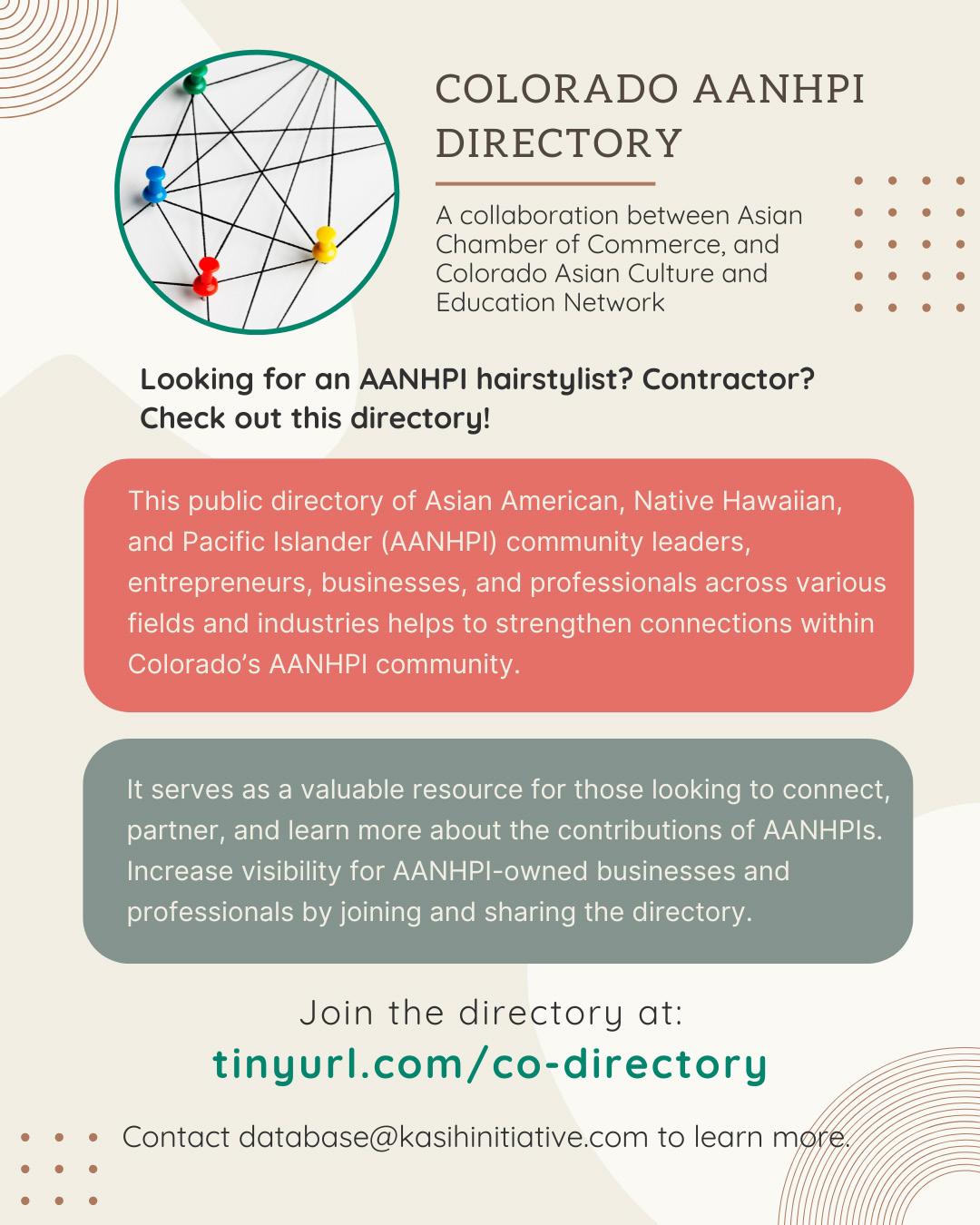
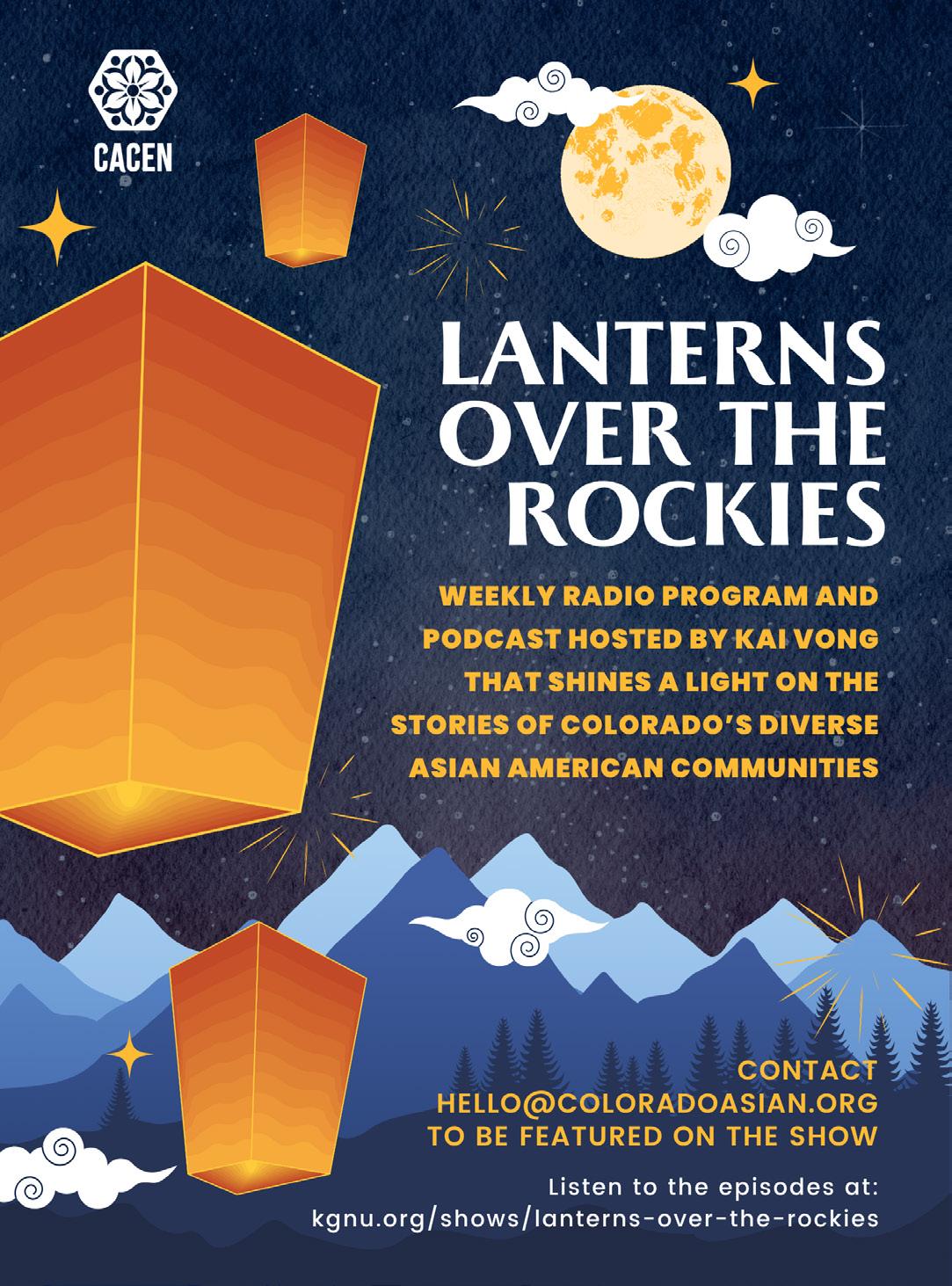
Author and Illustrator: Michelle Jing Chan
Art direction: Megan Abbate, Jeanette Levy
Publisher: Bloomsbury
Preorders release on October 7, 2025 at bookstores, Amazon, Barnes & Noble and other retailers!
Learn more about the book and author at: michellejingchan.com/weiweis-winter-solstice
This captivating picture book introduces the customs and traditions of an important Chinese holiday in a story that bursts with color and light to warm even the darkest days of winter. It’s Dongzhì, the winter solstice, the longest night of the year. Weiwei’s family has moved to a new place, where instead of hummingbirds, palm trees, and chrysanthemum bushes, all she sees is a blanket of snow. This frozen place feels nothing like home.
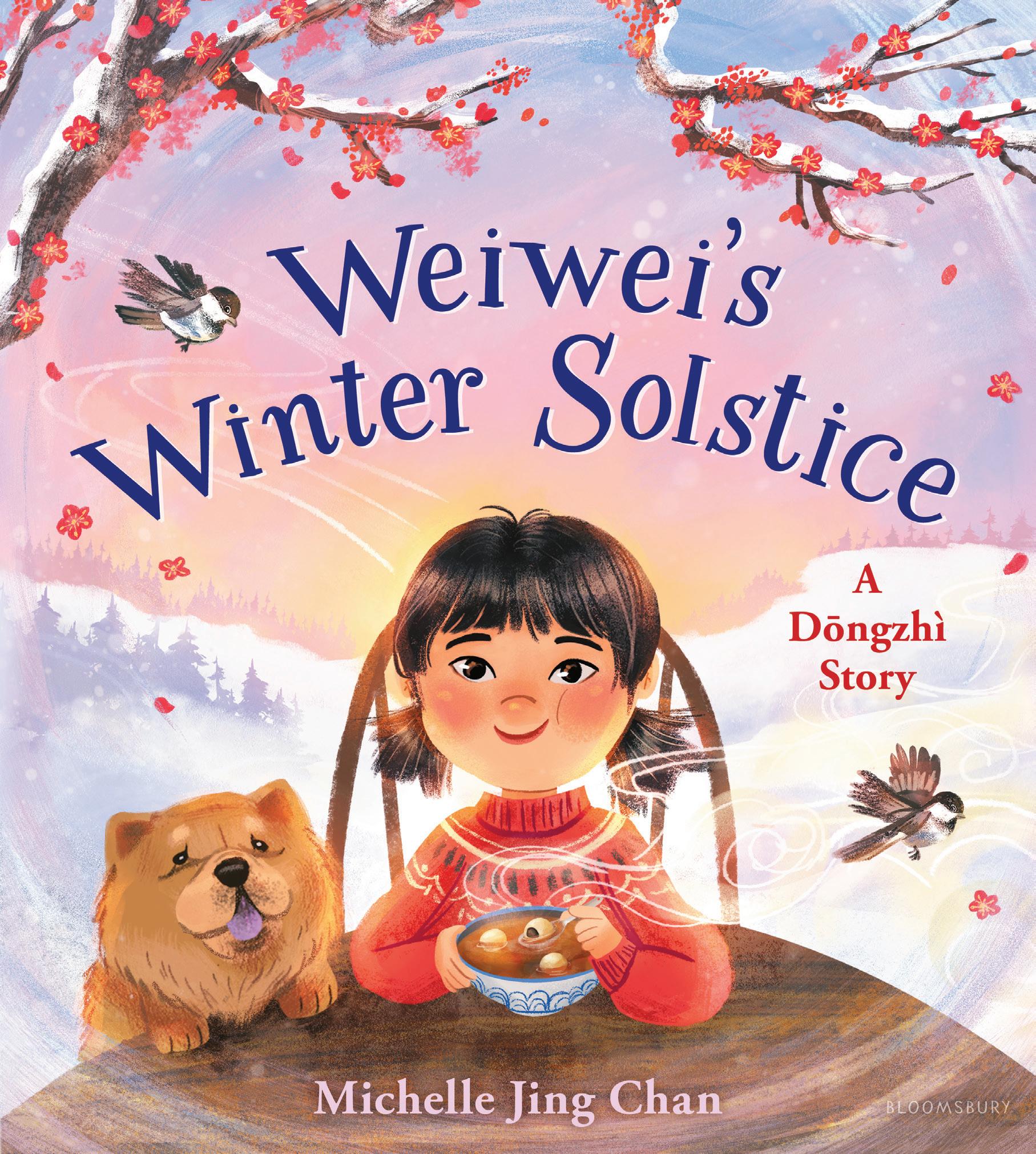
Michelle Jing Chan (she/her) is a queer Chinese American author-illustrator who studied engineering and economics, but now creates books and comics for kids and teens. She gravitates towards empowering stories that celebrate diversity and self-acceptance –books she would have loved to read as a kid!
She has illustrated several picture books, including two Golden Books on Lunar New Year and Pride; and STAY ANGRY LITTLE GIRL, a picture book inspired by Madeleine L’Engle’s iconic classic A WRINKLE IN TIME. She has also illustrated the artwork for Sakura Foundations’ Denver Cherry Blossom Festival. Follow her @michellejingchan
What inspired you to write a children’s book centered on the Dōng Zhì (Winter Solstice) Festival?
Because I grew up in a small town with very few Asian families, my parents made sure that we celebrated traditional holidays to stay connected to our Chinese culture. Dōngzhì was one of the holidays we celebrated every winter. I have many fond memories of spending snowy Dōngzhì gathering with my family around the kitchen table, rolling tāng yuán all together. In fact, the inspiration for this story came from a visit home in winter of 2022, when a huge blizzard with record-breaking cold temperatures hit my hometown. I wrote the first draft of this story curled up in an armchair in my parents’ house!
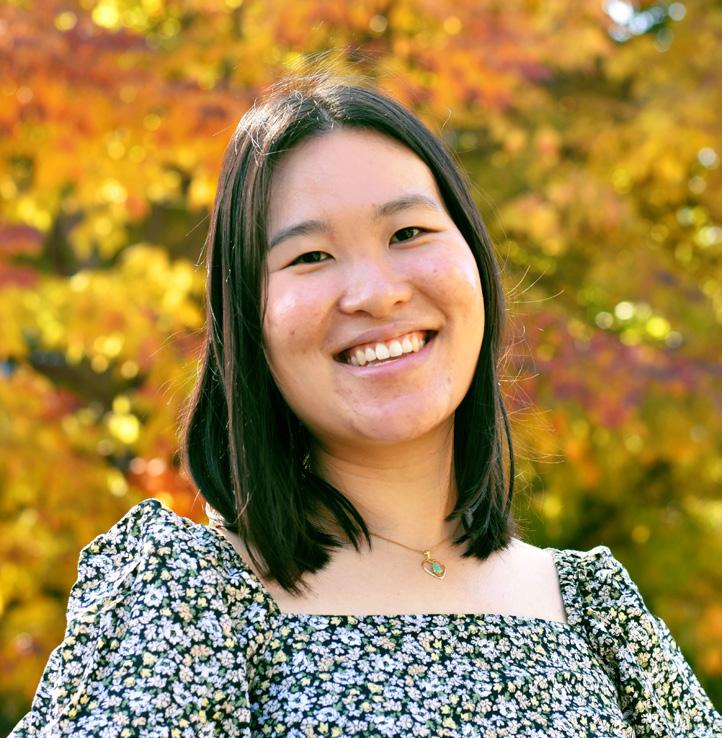
Photo by: M. Mendelsohn
Interview by: Mary Jeneverre Schultz
I begin the art process with sketches. My sketches for picture books tend to be very loose and messy, and I refine these as I go. After the sketches are approved, I immediately take the illustration to full-color. For the color process, I begin by laying down flat colors. Once that’s finished, I add final touches by painting in light and shadow. For this book, I referenced a lot of photos I took while on snowy winter hikes in Colorado. Growing up here has made me appreciate all the colors you can still find even on a snowy day–everything from the lavender hues of the sky during a winter sunset, the blue shadows on the snow, and even pops of color if there are winter flowers blossoming.
The story is told through the eyes of a young girl named Weiwei. How did you develop her character, and what made you choose her as the protagonist to share this story?
Weiwei and her family are in part inspired by myself and my own family. I drew her and her family to look similar to me as a child and my family members. While I didn’t move across state lines like Weiwei does in the story, I did move within Colorado from Fort Collins to Monument when I was about to start 5th grade. Although the move was only a few hours away, it was devastating for me as a kid! I had grown up with the same friends and familiar surroundings my whole life up to that point, and the prospect of starting over at a brand new school felt so daunting at the time. I remember those feelings of grumpiness, homesickness, and sadness. Weiwei’s journey mirrors my own adjustment to the move–learning to find beauty and warmth even in a new, unfamiliar environment, and realizing that family is what makes a home.
Dōng Zhì is a less-known festival compared to Lunar New Year. What message about this specific tradition did you hope to share with both Asian and non-Asian readers?
What I found interesting is that Dōngzhì used to be considered the start of the year instead of Lunar New Year. There’s actually a saying: “Chīle tāng yuán dà yī suì” (吃了汤圆大一岁), which means “you will be one year older once you eat tāng yuán. The reason for its significance in history is because Dōngzhì was associated with rural and farming communities as an end-of-harvest celebration. After Dōngzhì, the days become longer, ushering in the promise of light, warmer days, good fortune, and hope. I would love for readers of all backgrounds to resonate with that message–light can be found even on the darkest night, and a home is rooted in not a place, but a family and the traditions you celebrate together.
Can you tell us about your art process, and how you worked to bring the vibrant colors of the story to life?
The book focuses on themes of family, warmth, and tradition. How important was it for you to share these universal values alongside a specific cultural story?
It was extremely important! Stories teach us so much about empathy and learning to appreciate cultures that aren’t our own; I wanted to bring awareness to a holiday that was hugely important in Chinese history, but is not as remembered today. At the same time, everyone can find universally relatable messages in any story even if the reader doesn’t share the same identities as the main characters. I hope that all kids who read this book–regardless of whether they are Chinese American–can relate to the feelings of coziness and togetherness and the universal message of hope in Weiwei’s story.
What advice would you give to aspiring writers who want to share their own cultural stories with a wider audience?
I would affirm to them that they belong and their experiences are valid. As a second-generation Chinese American who didn’t grow up in an area with a large Asian community, I often feel imposter syndrome about whether I’m qualified to be telling cultural stories. Over time, I’ve learned that there is no gatekeeper of who is “Asian enough” and that the diasporic experience is vast. Your experiences and the way you interact with your culture are valid, and everyone has unique stories that only they can tell.
Do you have plans for future books, perhaps exploring other Chinese festivals or cultural traditions?
Yes, I do! My next two author-illustrator picture books are also about Chinese culture: THE LUCKIEST LION DANCER is about the tradition of lion dance for Lunar New Year celebrations, and EMERY IS NOT A DRAGON is about the symbolic significance of the phoenix and dragon in Chinese culture. My debut Young Adult graphic novel, SOMEWHERE IN THE GRAY, also features Chinese culture in the form of Asian dramas. Learn more about these books and her upcoming projects on her website: michellejingchan.com
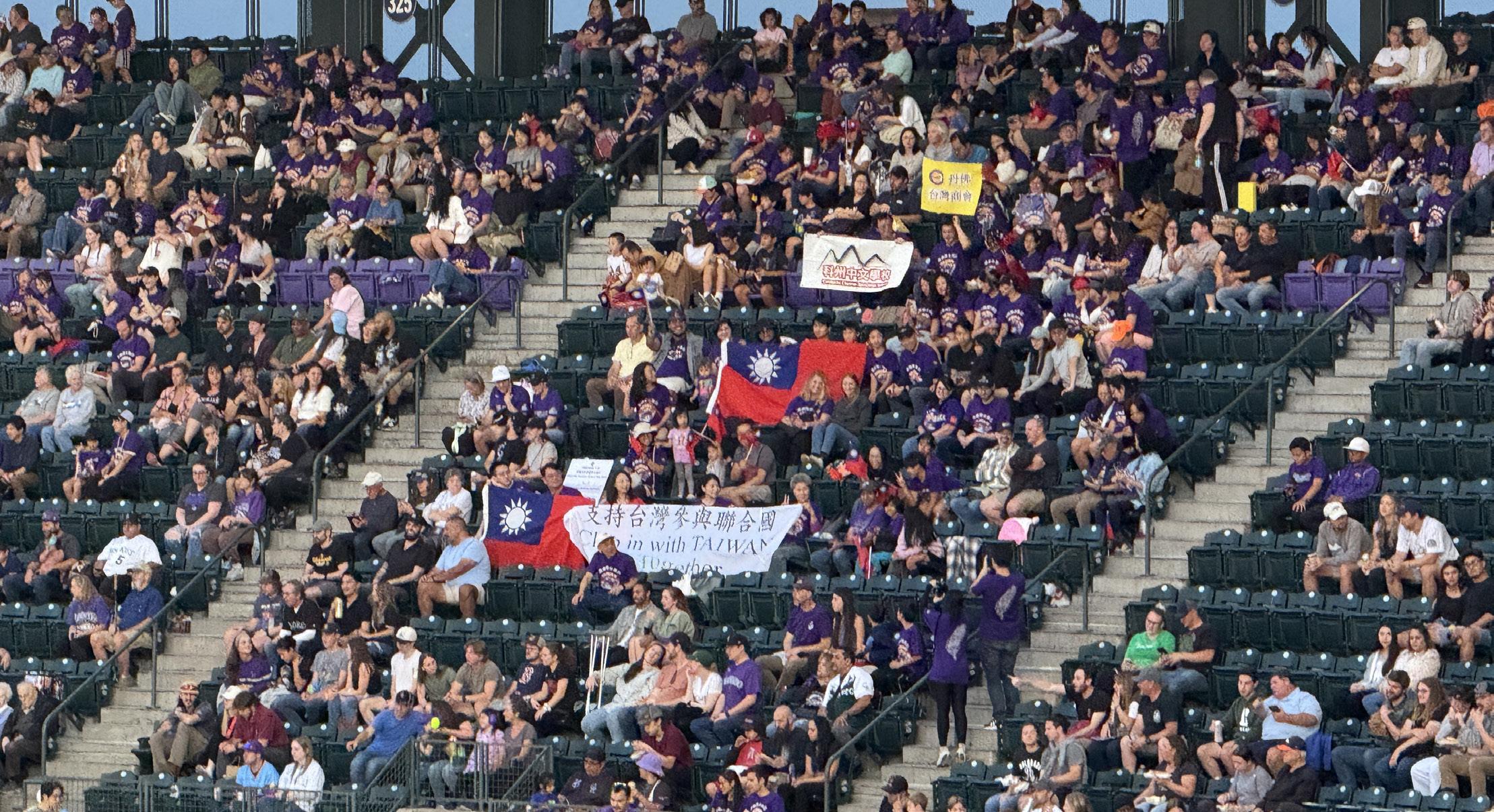
The Colorado Rockies made history by hosting their first-ever Taiwan Day at Coors Field, in partnership with Major League Baseball (MLB) and the local Taiwanese community. The cultural celebration drew more than 50,000 fans, including approximately 500 Taiwanese attendees and VIP guests, creating a vibrant evening of baseball and cultural exchange.
Prior to the game, the Rockies held a special on-field ceremony introducing distinguished guests: Consular Officer Natalia Wang of the Taipei Economic and Cultural Office (TECO) in Denver; Taiwanese Chamber of Commerce of Denver (TCCD) President Cher Chan, Vice President Vivan Chien, and former Secretary General Fay

By Emily Stadel
Lee; Colorado Taiwanese Association former President Rachel Chiu; and Colorado Chinese School Principal Mitchell Hong. Representatives of the Taiwanese community walked onto the stadium stage wearing aboriginal costumes, The folk legend Third Prince (Ne Zha) costumes, and Rockies Taiwan Day commemorative shirts to showcase Taiwan’s cultural characteristics to the audience.
Event highlights included giveaways such as Rockies Taiwan Community Celebration commemorative T-shirts, autographed baseballs from Taiwanese famous baseball player Yi-Hsien Chen, cultural performance souvenirs, and handmade Taiwanese pineapple cakes and
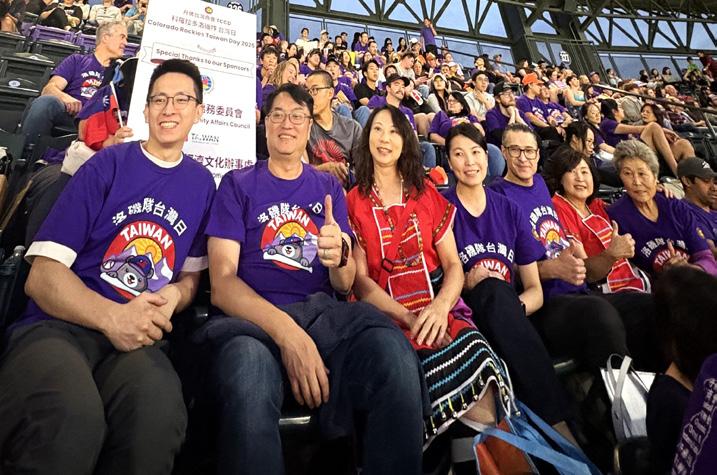
stationery provided by Mama Lee.
The crowd roared with excitement as Taiwan flags waved throughout the stadium and banners with “Taiwan Community Celebration” were proudly displayed. The big screen even lit up with the phrase “Rockies 洛磯隊” in Chinese, receiving thunderous applause from fans.
Adding to the celebration, the Colorado Rockies defeated the Los Angeles Angels in a thrilling 7–6 victory. The win capped off an already unforgettable evening, blending the passion of baseball with the richness of Taiwanese culture.
This event not only showcased a great game of baseball but also marked the first large-scale presentation of


Taiwanese culture at an MLB stadium in Colorado. Taiwan Day represented a milestone in U.S.–Taiwan cultural exchange, highlighting the vitality and unity of the Taiwanese community while giving the broader American audience an opportunity to experience Taiwan’s warmth, enthusiasm, and diversity.
The event has successfully and smoothly concluded! This achievement was only possible through everyone’s

collective effort and wholehearted support. We sincerely thank our coorganizers—the Taiwanese Association of America – Colorado and the Colorado Chinese Language School—as well as our sponsors—the Overseas Community Affairs Council (OCAC), Taipei Economic and Cultural Office in Denver (TECO), Colorado Office of Economic Development & International Trade (OEDIT), City of Aurora Office of International and

Immigrant Affairs, FirstBank, Mr. Steven Lee, Honorary President of the Chicago Taiwanese American Chamber of Commerce, The Chinese American Council of Colorado, MaMa Lee Bakery, and Rocky Mountain Chinese Weekly.
We would also like to extend our heartfelt gratitude to all board members of the TCCD, who generously volunteered their time and efforts to ensure the success of this event.

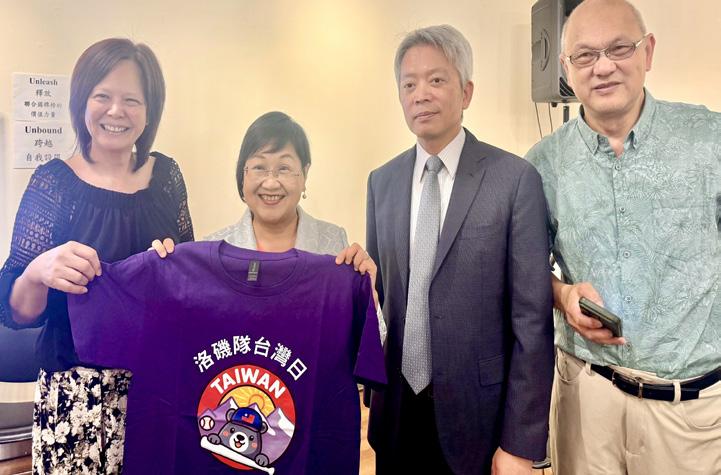

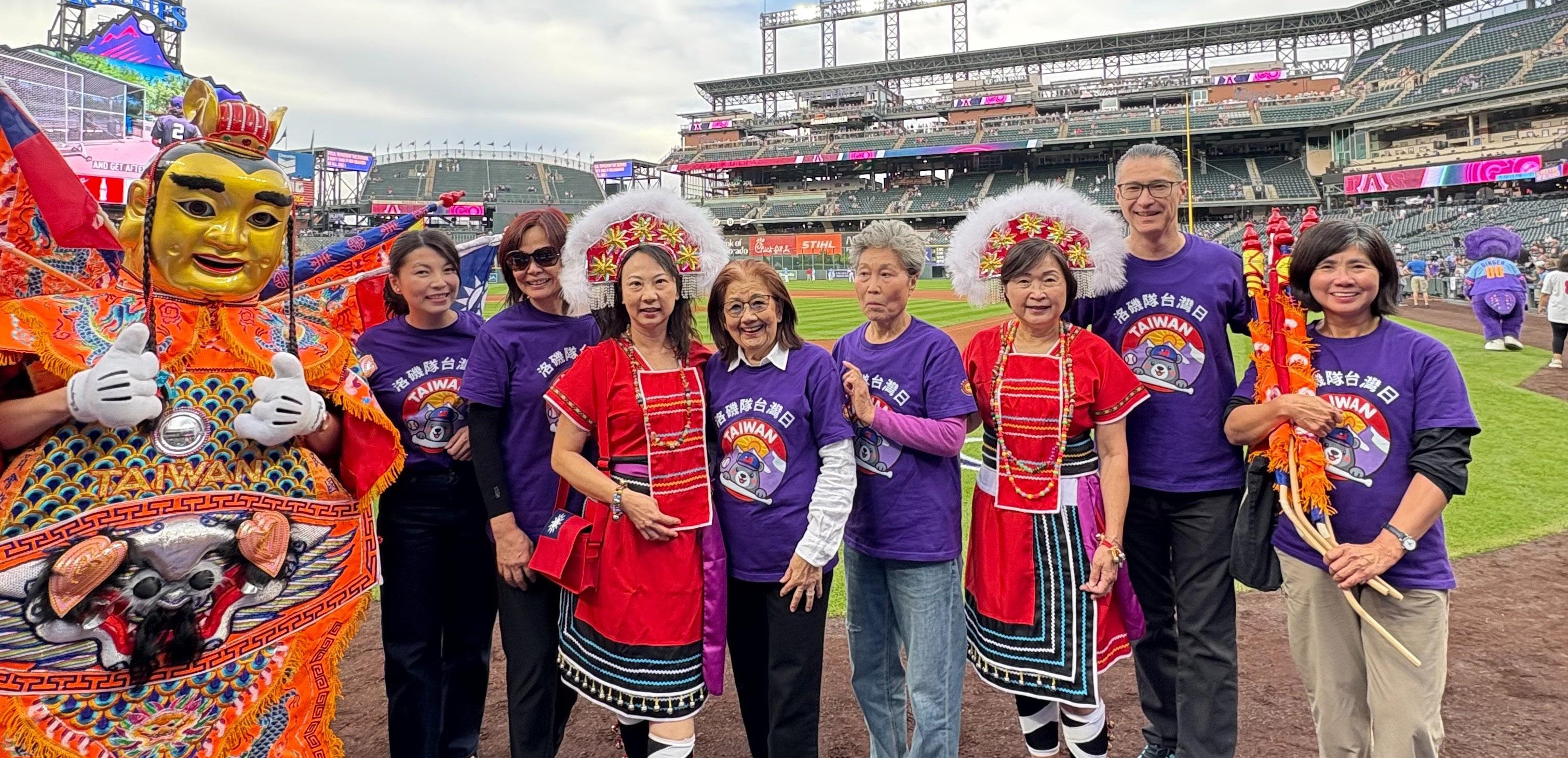

Rocky Mountain Public Media, the home of Rocky Mountain PBS, KUVO Jazz, and TheDrop303 has a partnership with Colorado Ethnic Media Exchange to launch this monthly essay series, as part of our vision to co-create a Colorado where everyone feels seen and heard.
These stories are sourced from community members

I love Aurora. I say that without hesitation, without apology, and with a kind of deep pride that feels rooted in my bones. Aurora is home, not just because I live here, but because it has taught me what community truly means.
In Aurora, community is a lived experience. It is exchanged through a bag of tomatoes over the fence, through a knock on the door to check in on a neighbor, through the unspoken understanding that we are looking out for one another.
My neighborhood is stitched together with people from all over the world, refugees, immigrants, and families, who carry with them stories, recipes, music, languages, and traditions that make Aurora one of the most diverse cities in the country.
This diversity is not something I observe from a distance; it’s what I participate in every day. I have a food-trade system with my neighbors: herbs for eggrolls, squash for eggs. We share abundance, and in doing so, we share pieces of ourselves. It is a quiet, powerful act of belonging.
Serving on Aurora’s Immigrant and Refugee Commission (AIRC) has given me another vantage point on this truth. I’ve seen how Aurora becomes both a sanctuary and a launchpad for families who have crossed oceans, borders, and hardships. I’ve listened to their concerns about housing, health care, schools,
across the state—told in their own words and selected from our 64-county community ambassador program. They are not editorial products of our journalism team, but are first-person reflections on life in Colorado - building bridges through empathy. Learn more about all of our brands and content at www.rmpbs.org/about.
By Maureen Maycheco (she/they) Vice President of Strategic Partnership and Growth at COLOR, and 80013 resident
and safety, and I’ve seen how, despite obstacles, they continue to give back, to contribute, to weave themselves into the fabric of this city. Aurora doesn’t just welcome, it absorbs, transforms, and reflects back the richness of the world.
But loving Aurora also means understanding the challenges we face. Our diversity, our collective strength, and the way we care for each other are all things that challenge systems built on exclusion and control.
Too often, Aurora is spoken about in headlines that reduce us to crime statistics or deficits, instead of celebrating us as a model of shared humanity. What they miss is that the very thing they point to, our difference, is our power. It’s a power we must protect and nurture, a responsibility we all share.
That power goes beyond city borders. Today, as I sat in an Indigenous tattoo shop in Denver, my partner getting his first tattoo as part of a fundraiser for the Colorado Immigrant Rights Coalition (CIRC), I felt it again: community is expansive. The people CIRC serves are my people. The families COLOR (the organization where I work) stand alongside immigrants, Latine, young, low-income, LGBTQ+, are my people. When I show up
there, I am showing up for Aurora too, because community is not a zip code. It is a responsibility. It is love in action.
There are versions of “community” that are about individualism and ego, about curating the right neighborhood, the right coffee shop, the right school. But the kind of community Aurora teaches me every day is different. It is ancestral. It is energetic. It is about what is shared, not what is owned. It humbles me, and it calls me to keep giving.
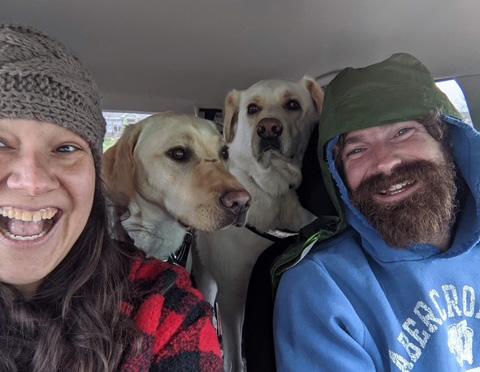

When I stretch my arms wide and think of Aurora, I don’t just see my street. I see the vast web of neighbors who check on each other, the families building new lives with courage, the children running between backyards, the elders passing down knowledge, and the organizers fighting for dignity and rights. That web stretches outward into Denver, into Colorado, into every place where care outshines ego and solidarity outlasts division.
And right now, as I walk back from my garden, arms full of tomatoes and herbs to share, I feel it: this is community.
Aurora taught me that when we give, we are never empty; we are woven tighter together. That is why I love it here, fiercely, endlessly, with all of me.
We’re inviting community members across the state to share their own stories of living in Colorado —of identity, discovery, and what it means to belong. Tell us about a moment or a place in Colorado that changed how you see yourself or your community.
Share your reflections at ambassador64@rmpbs.org
This is part of Ambassador64, our statewide listening initiative to ensure public media reflects the voices of all 64 counties in Colorado—starting with yours.

